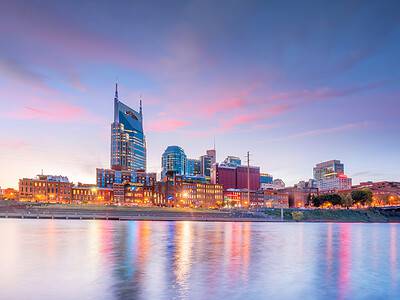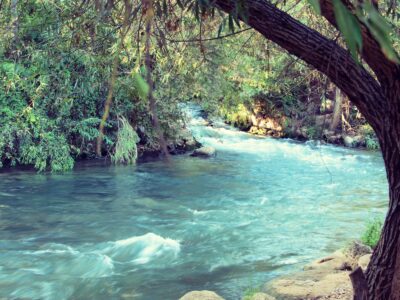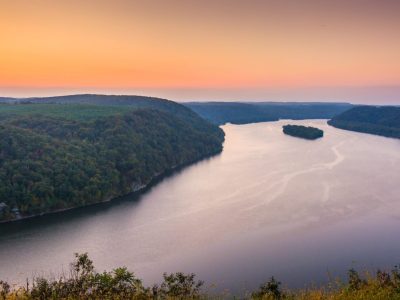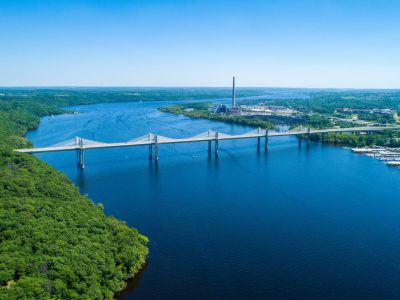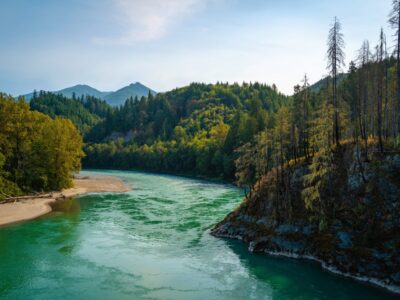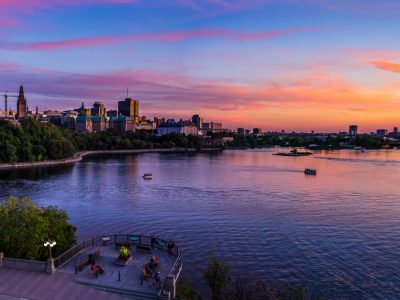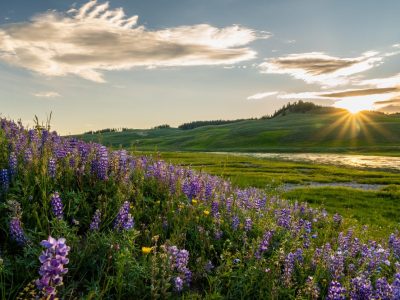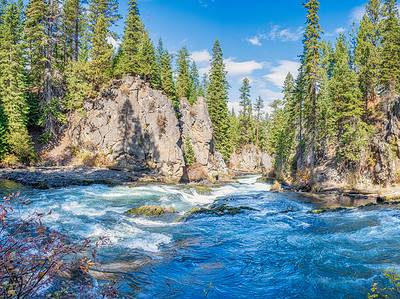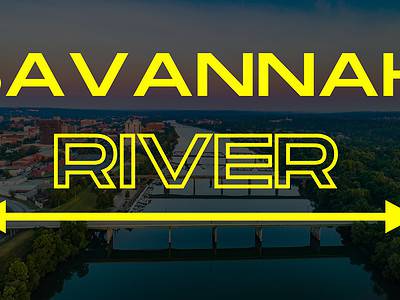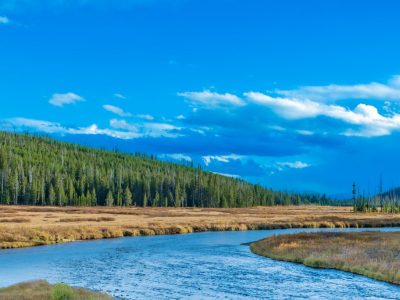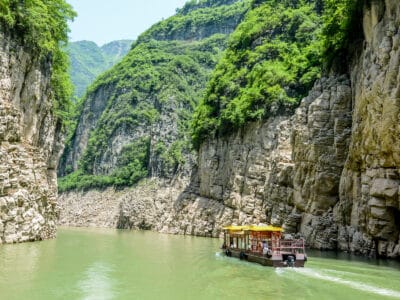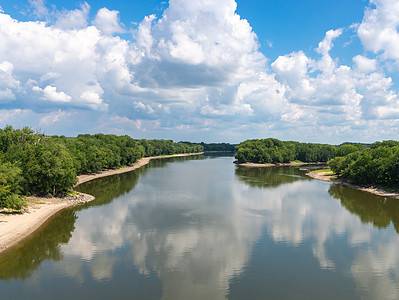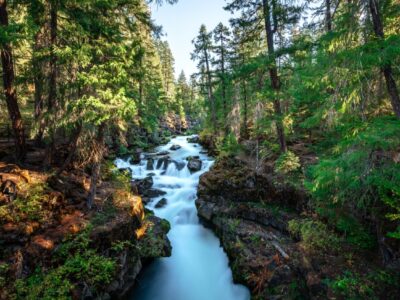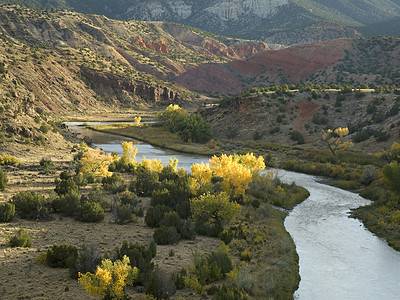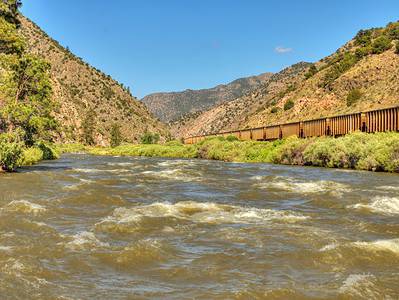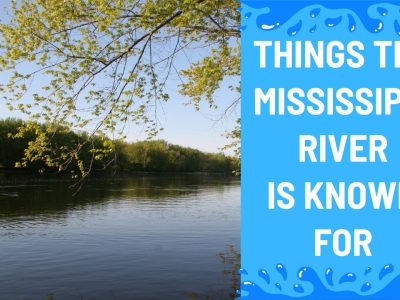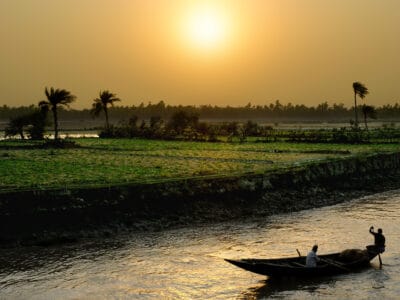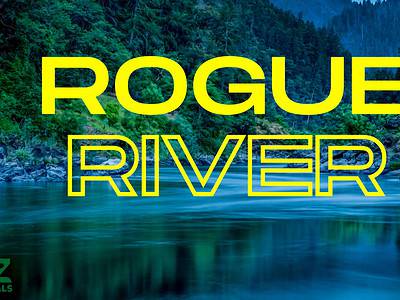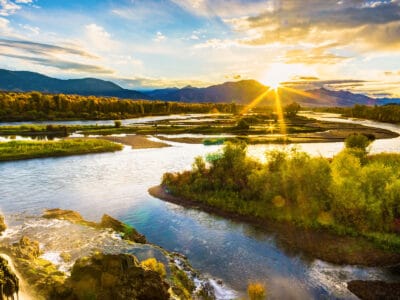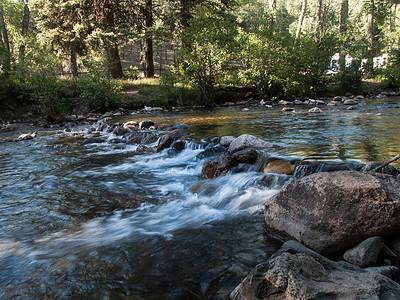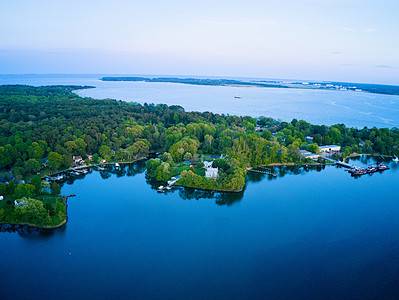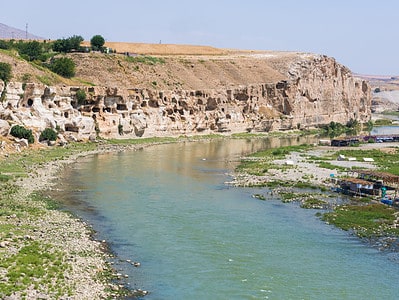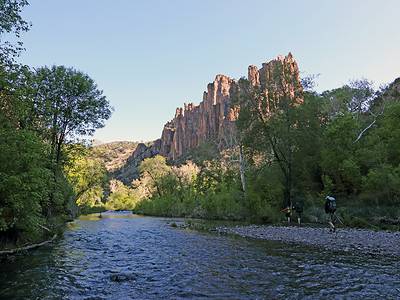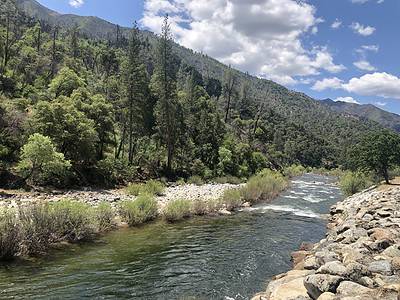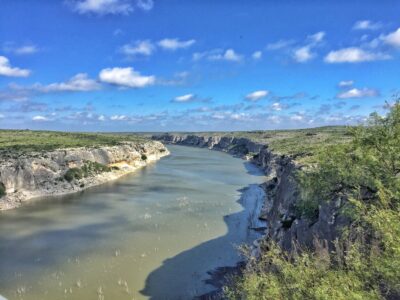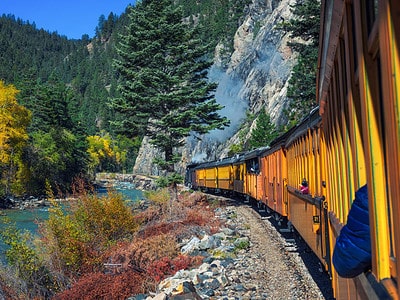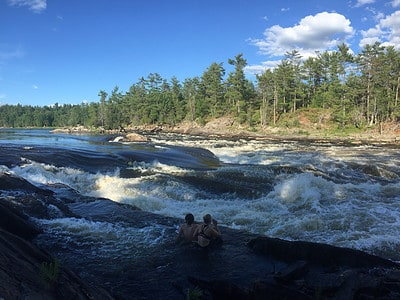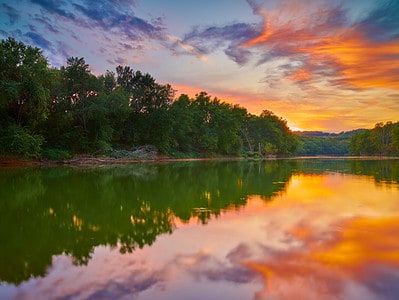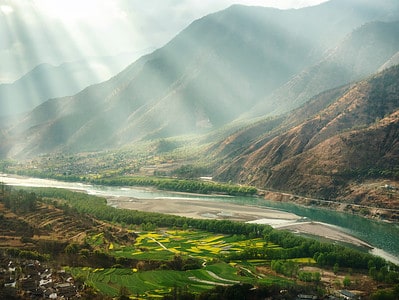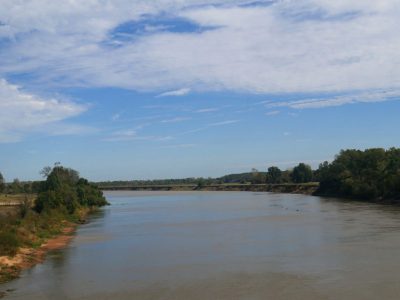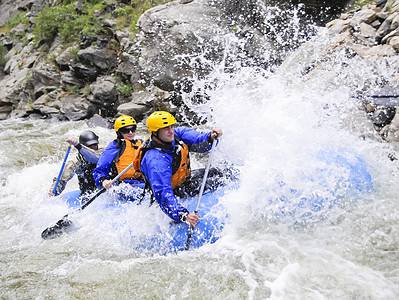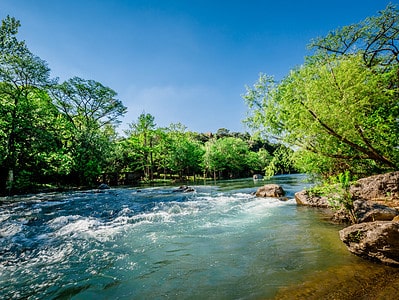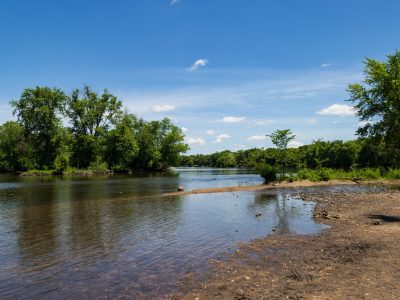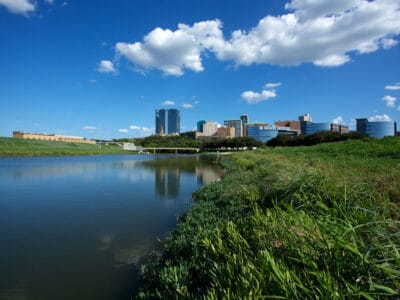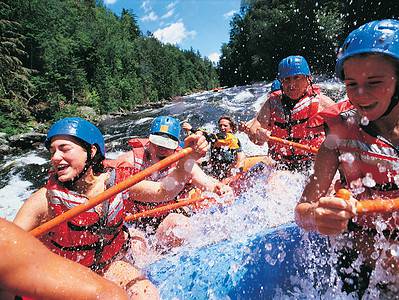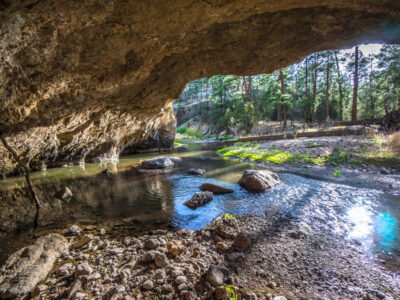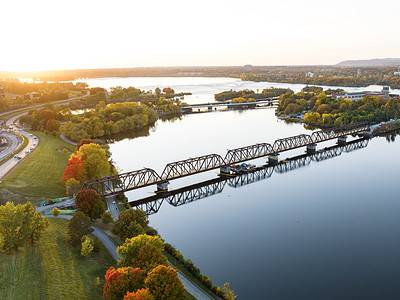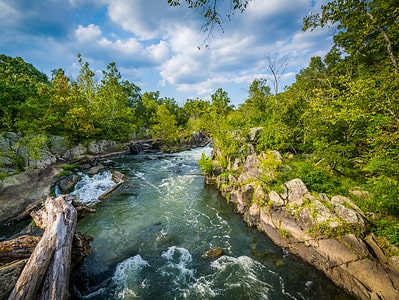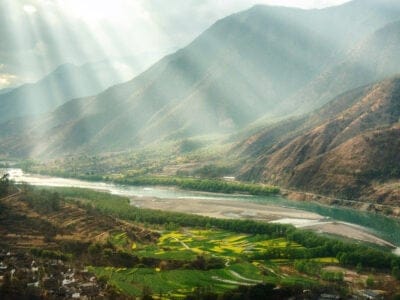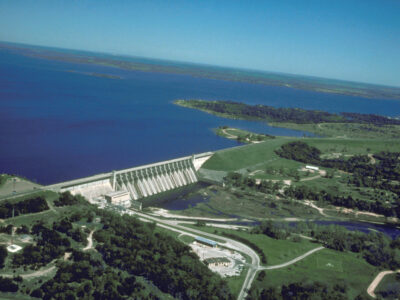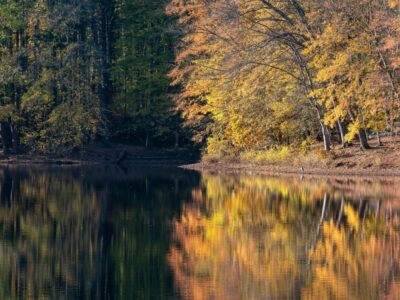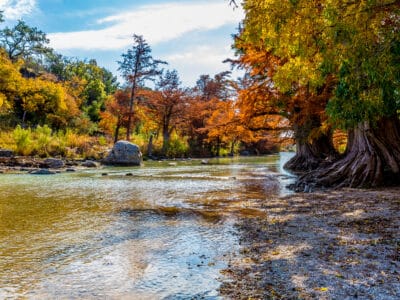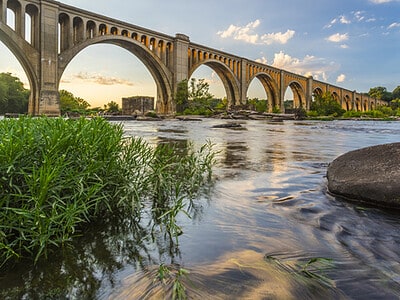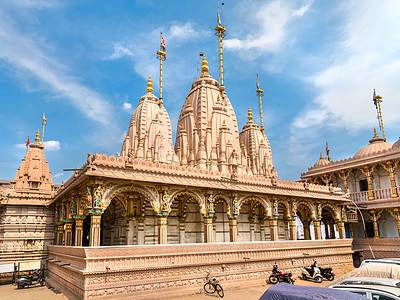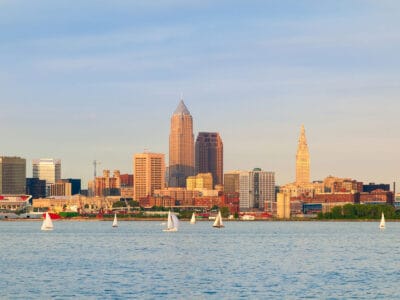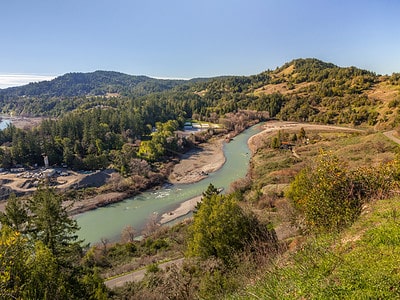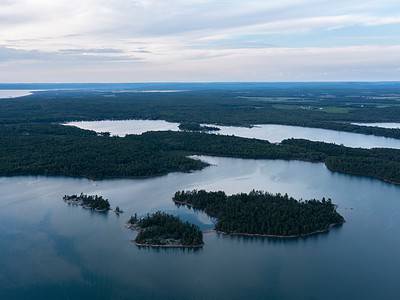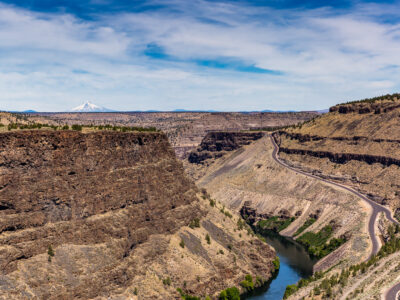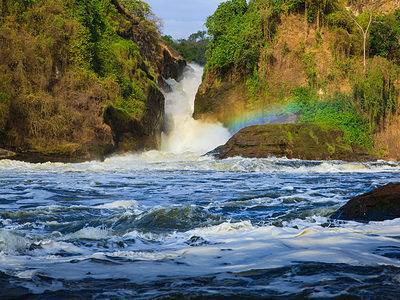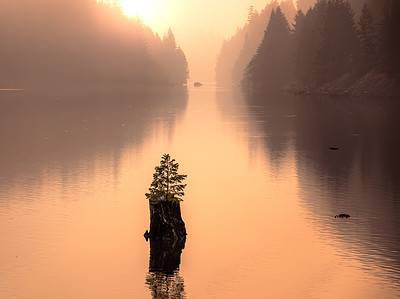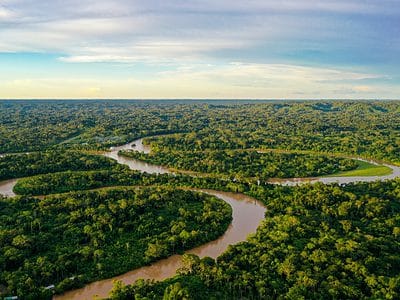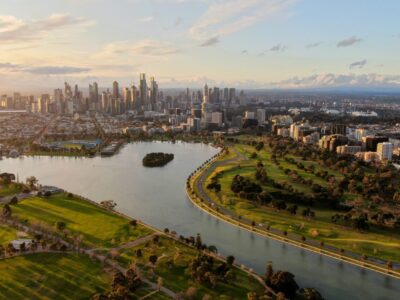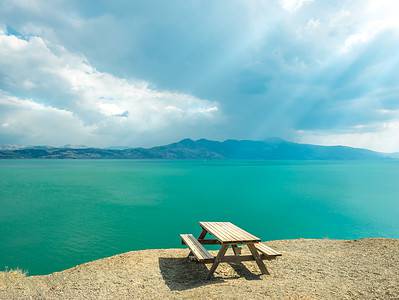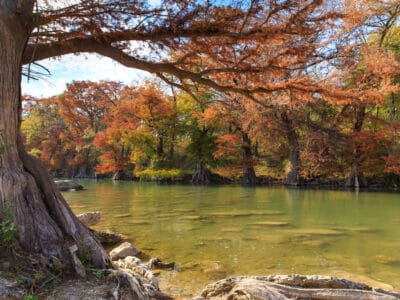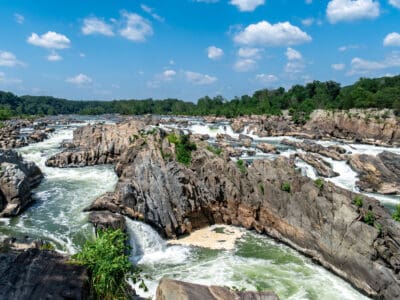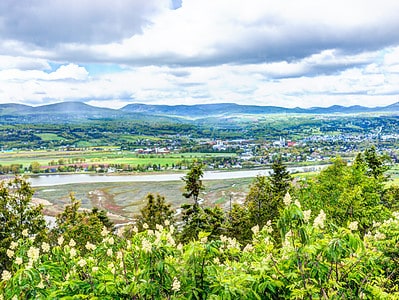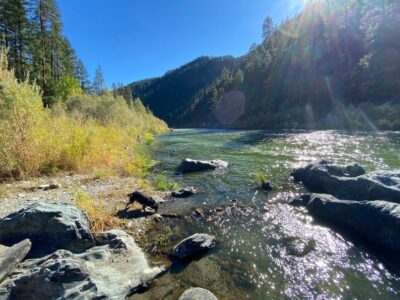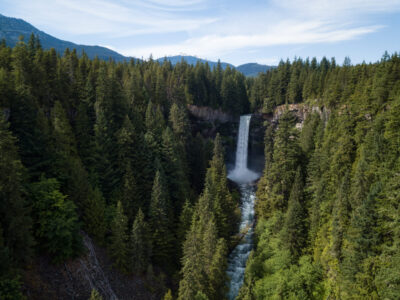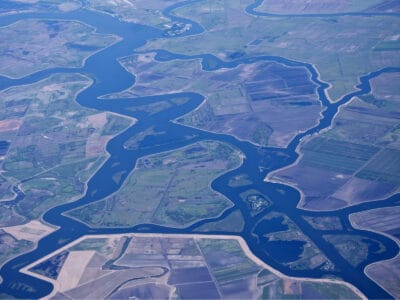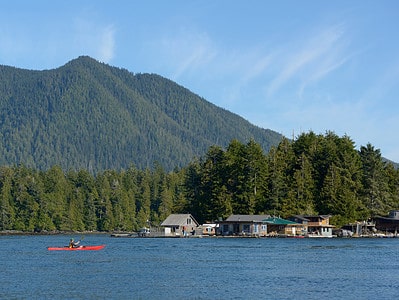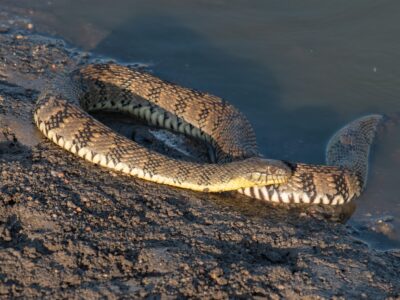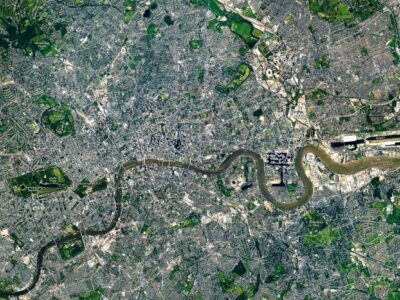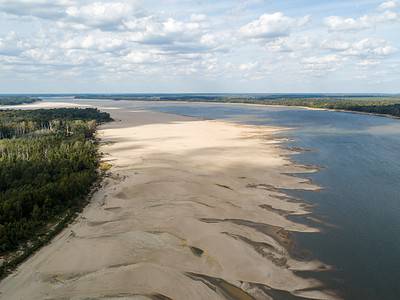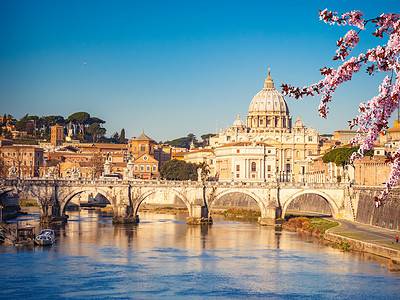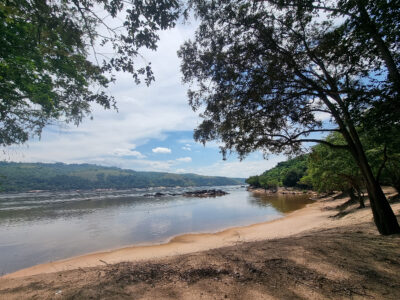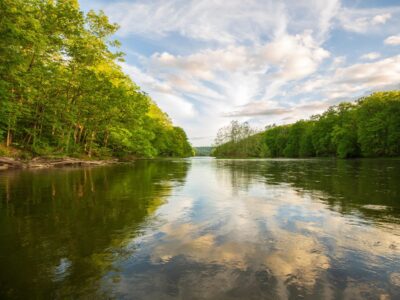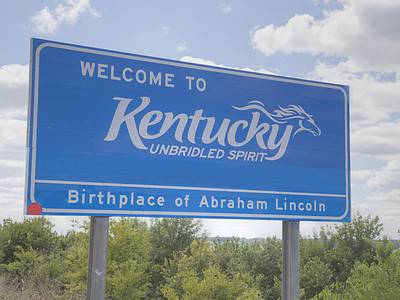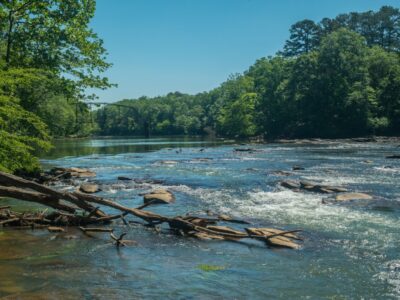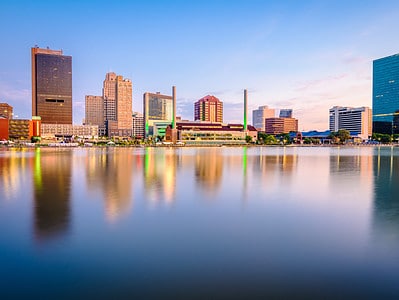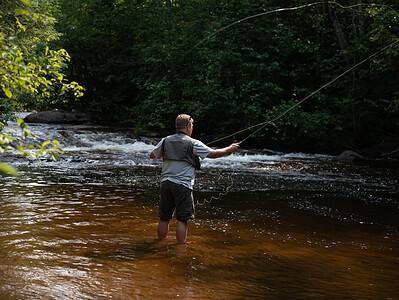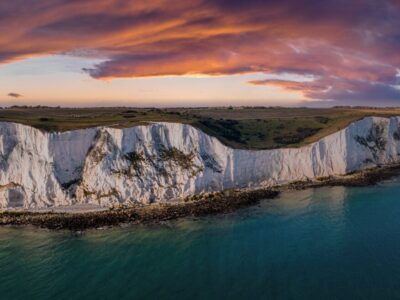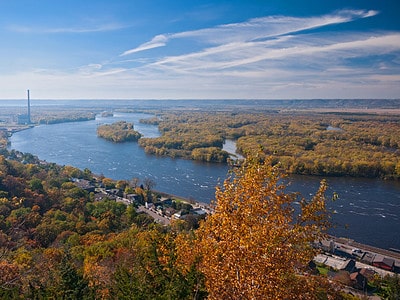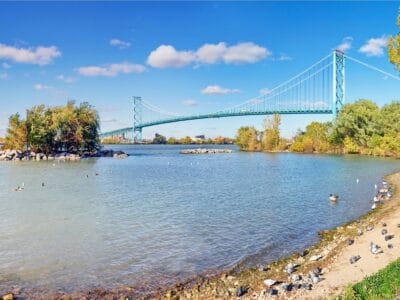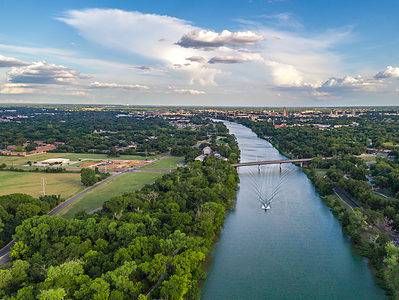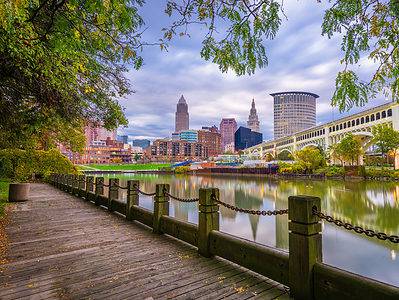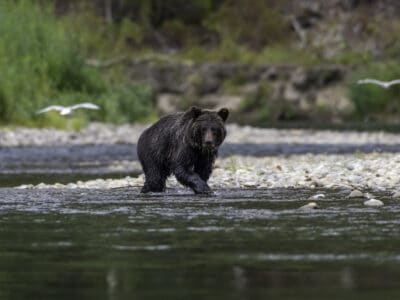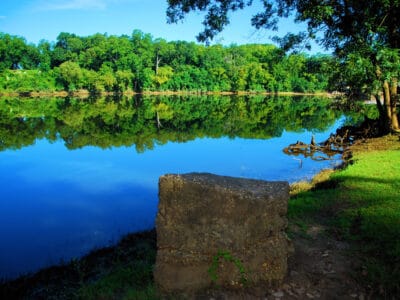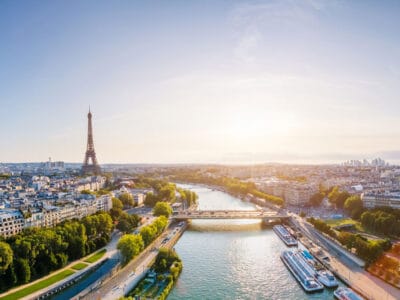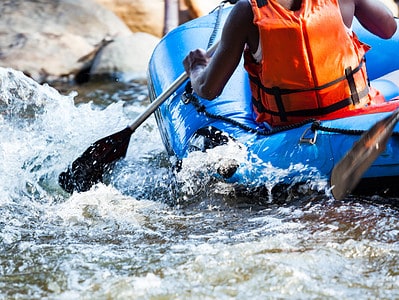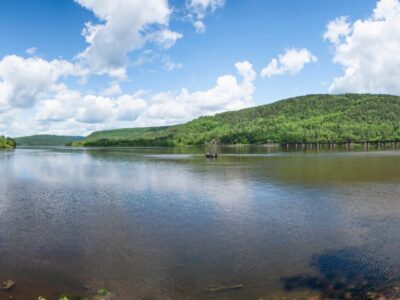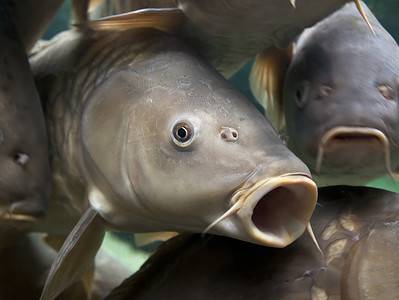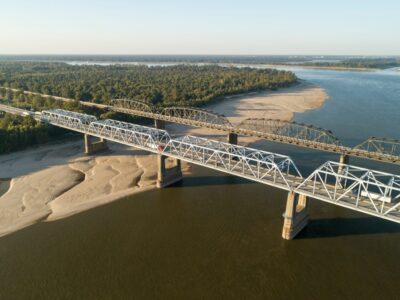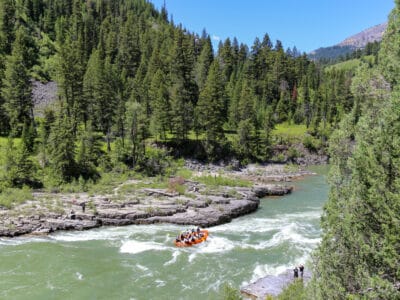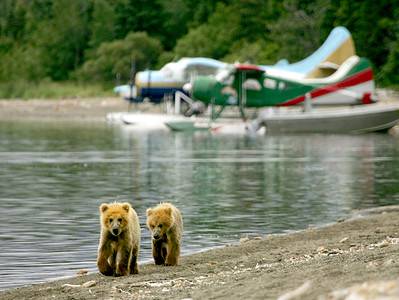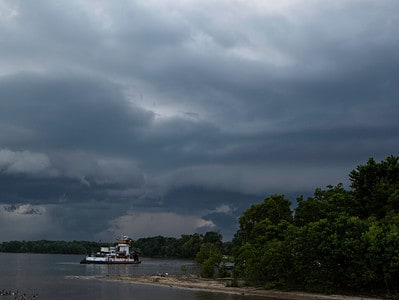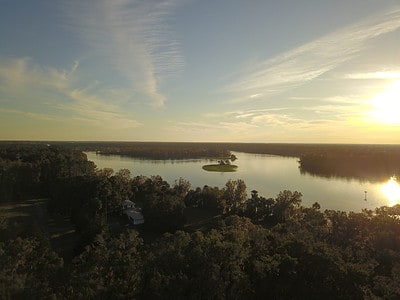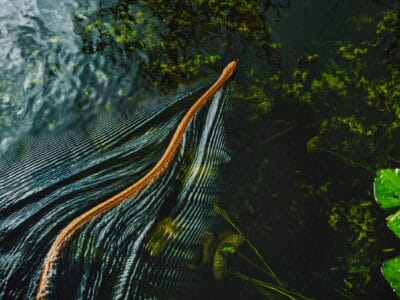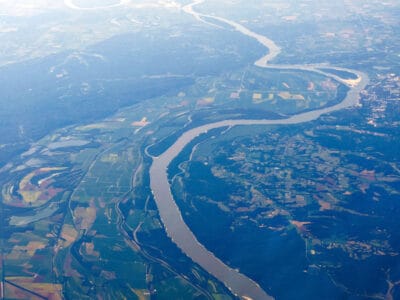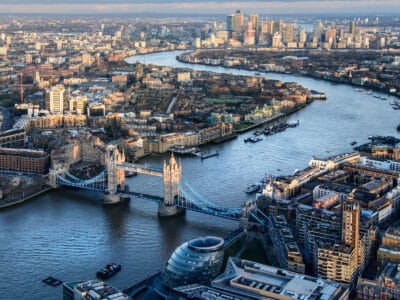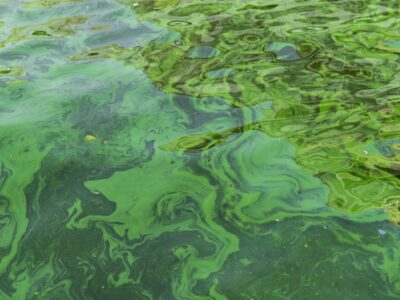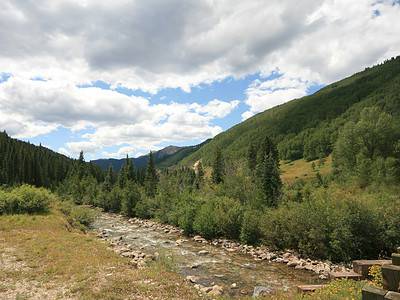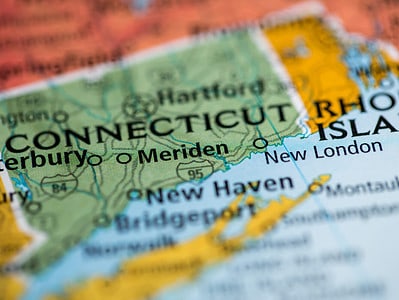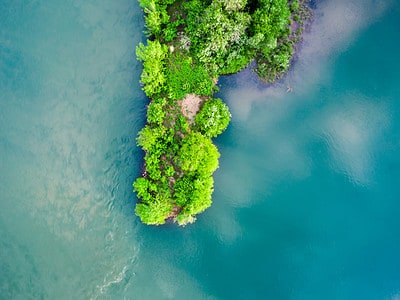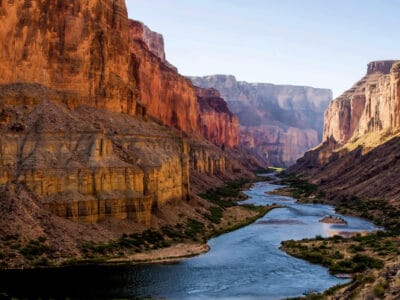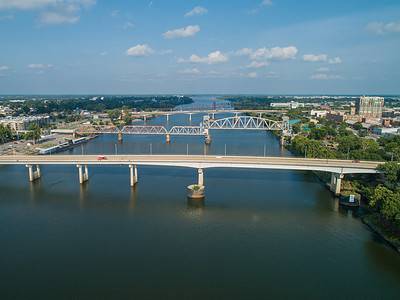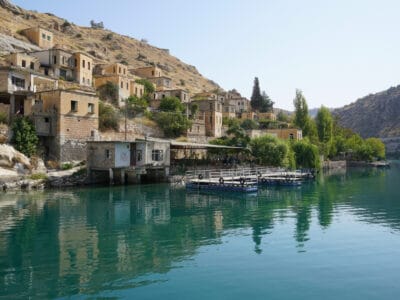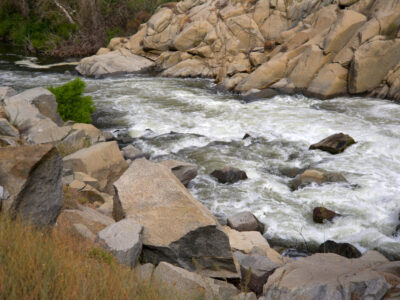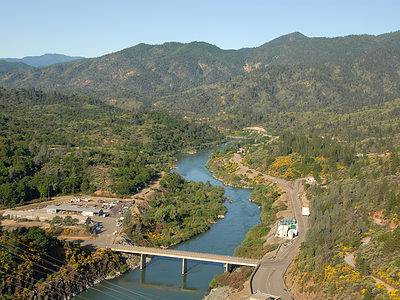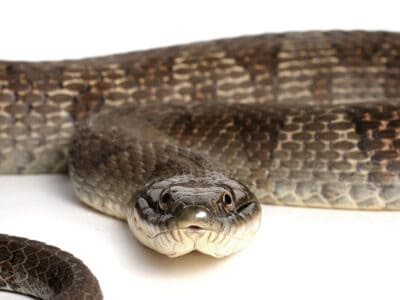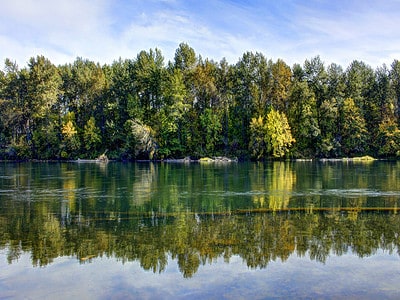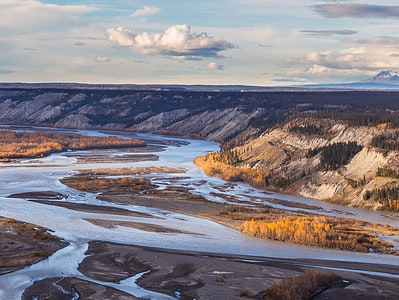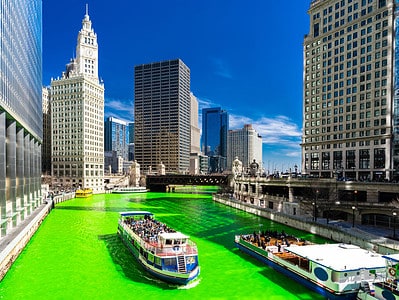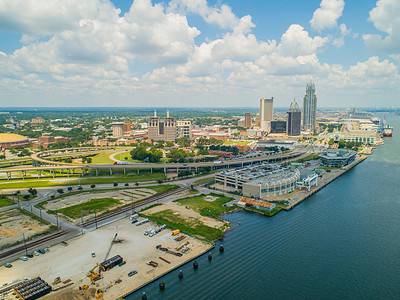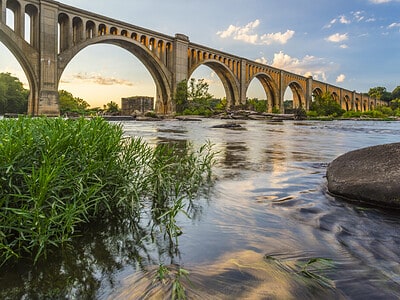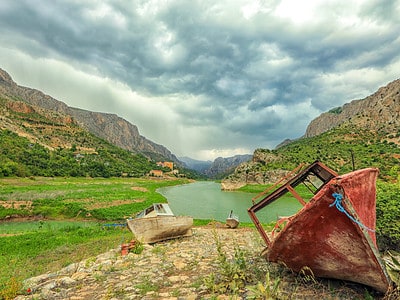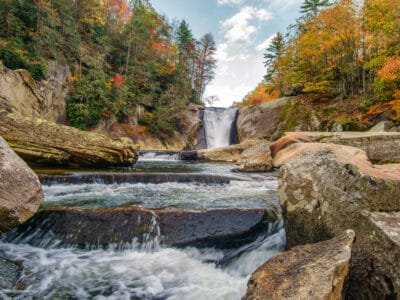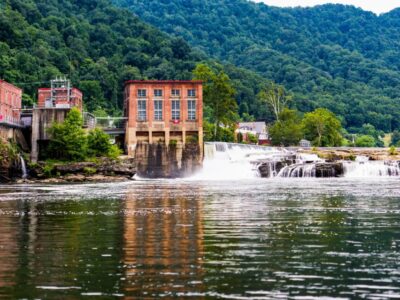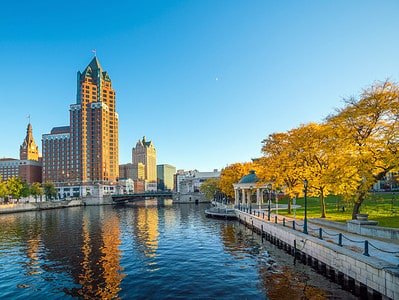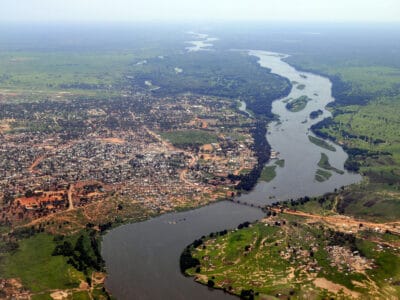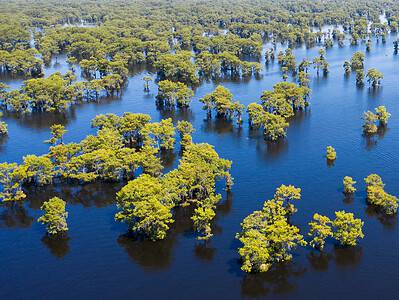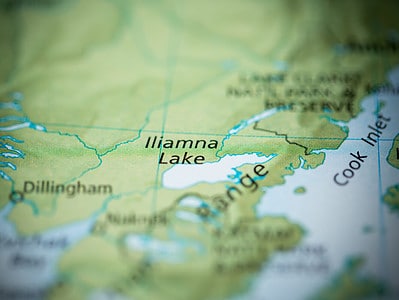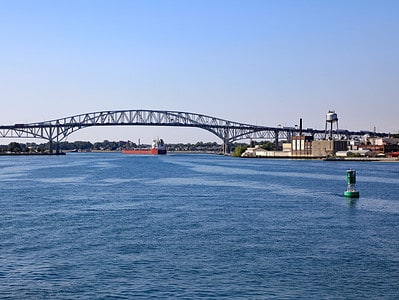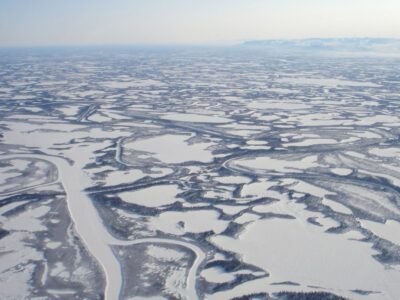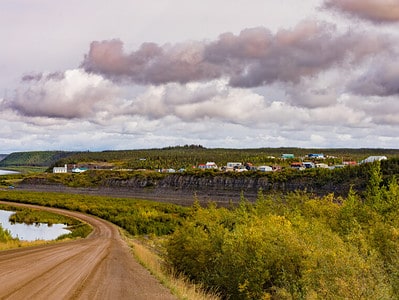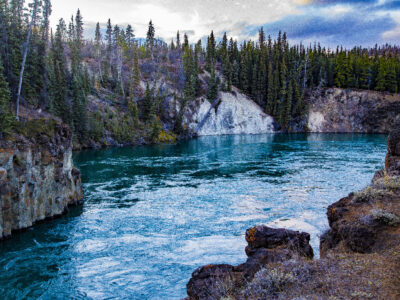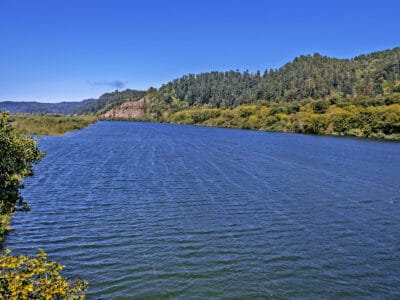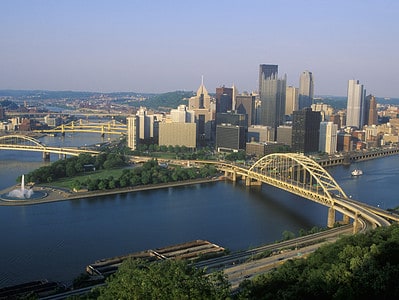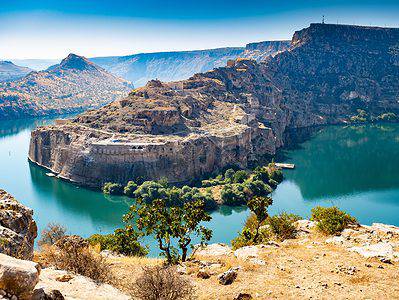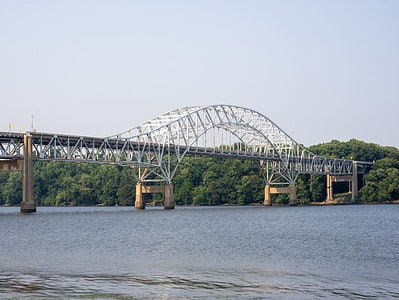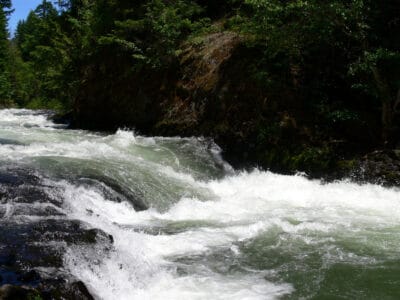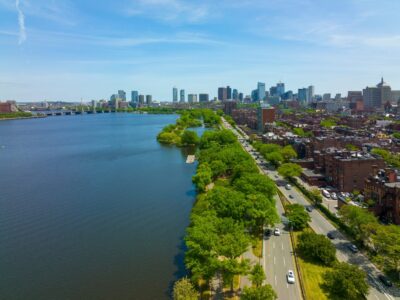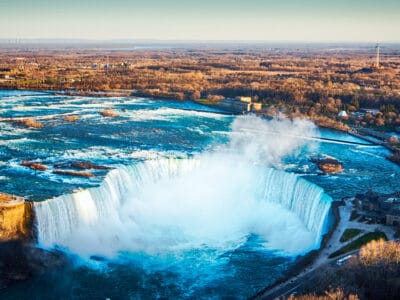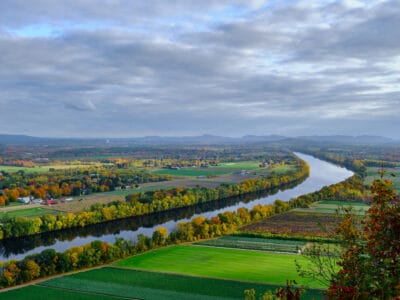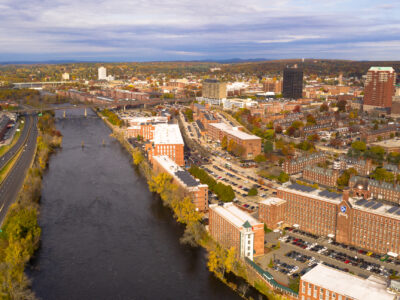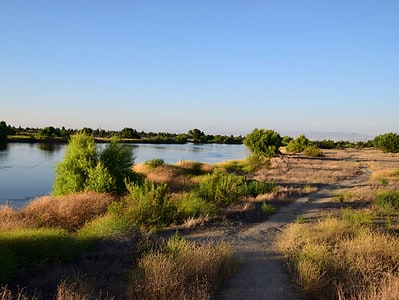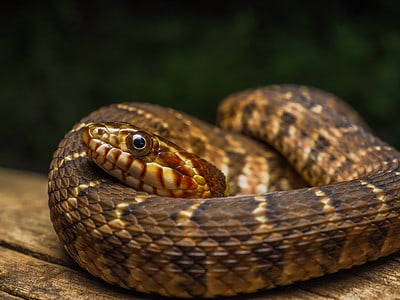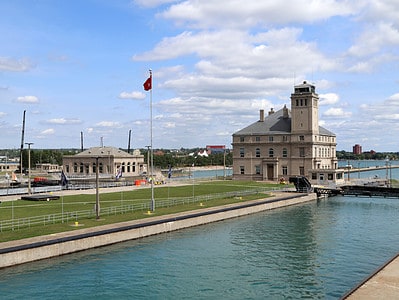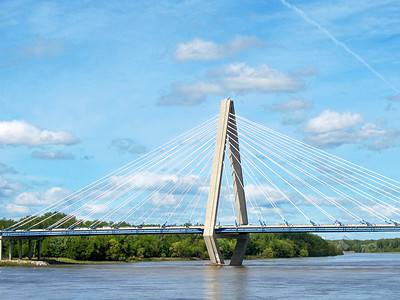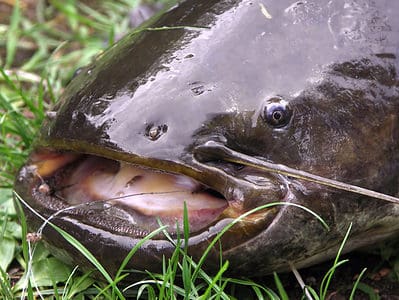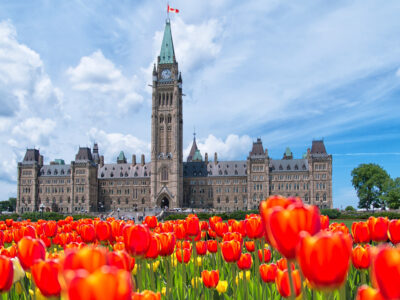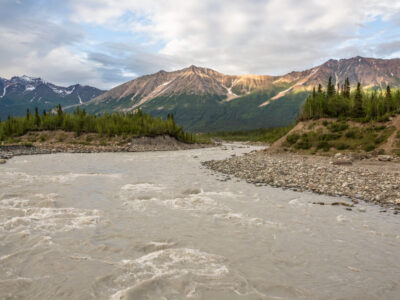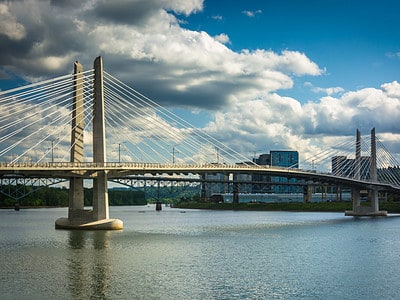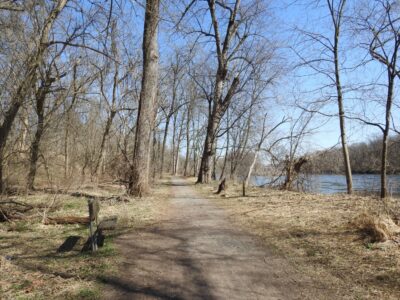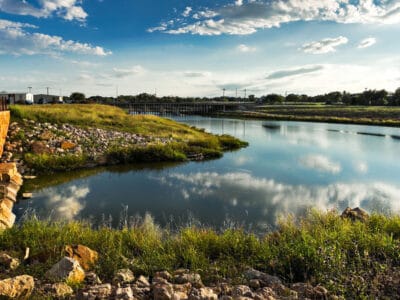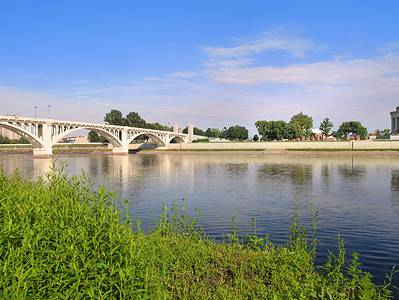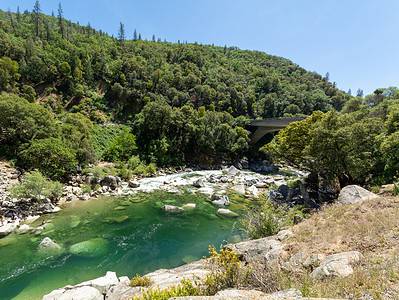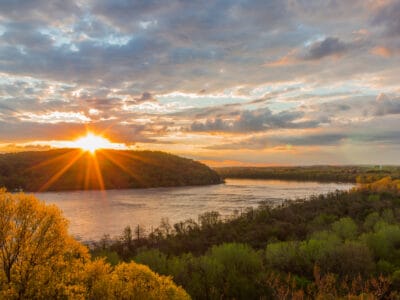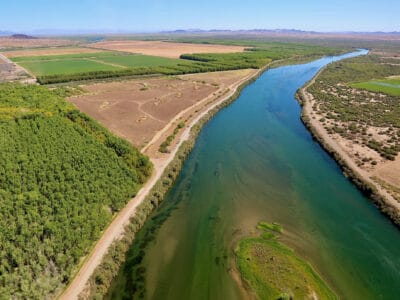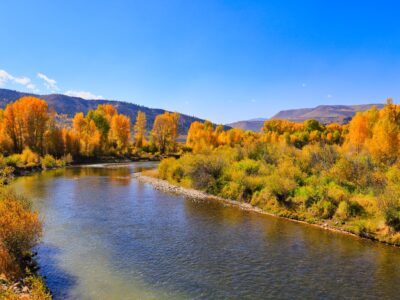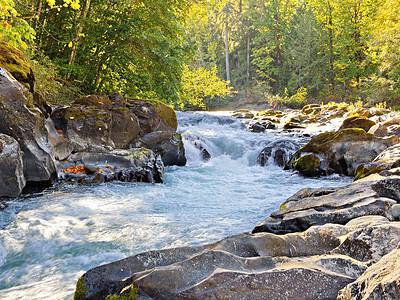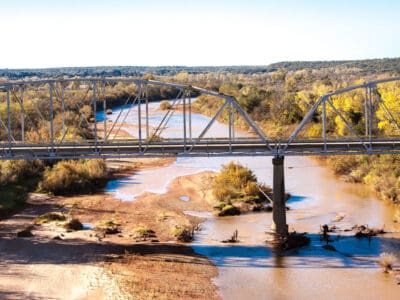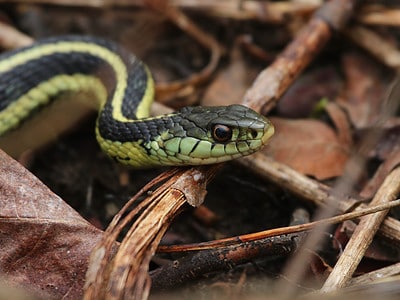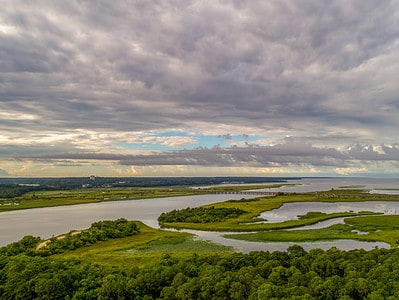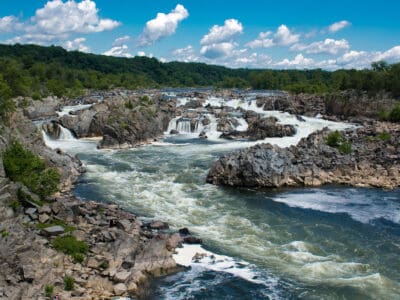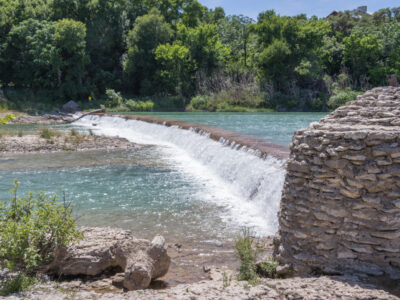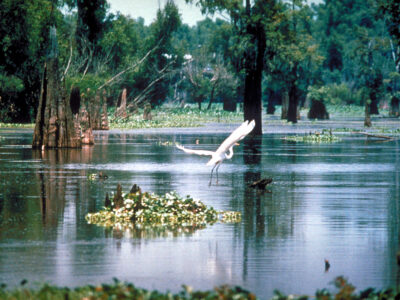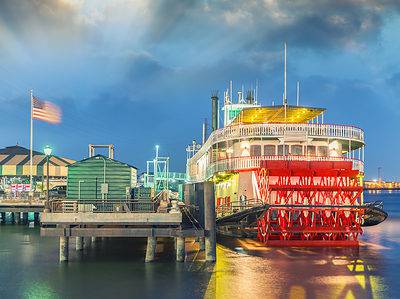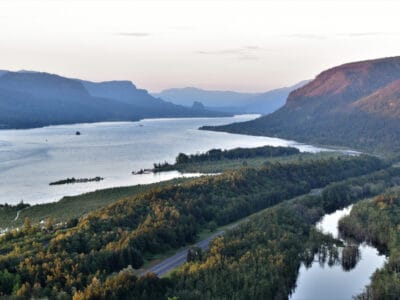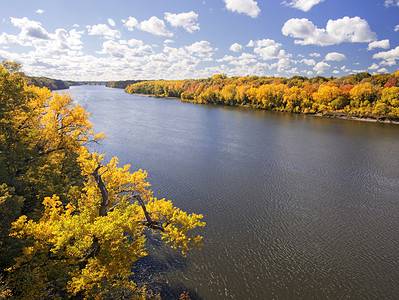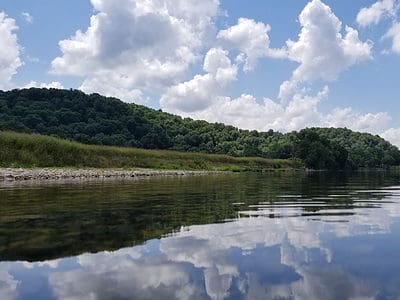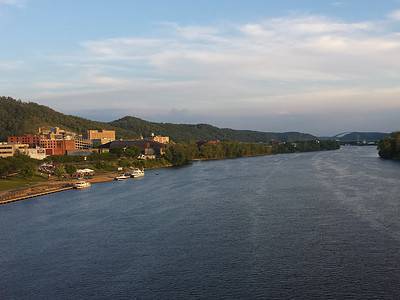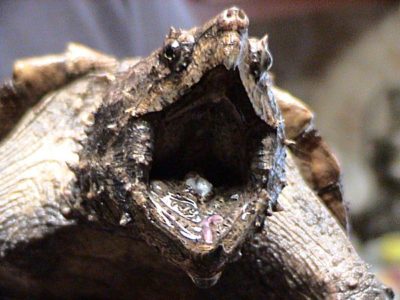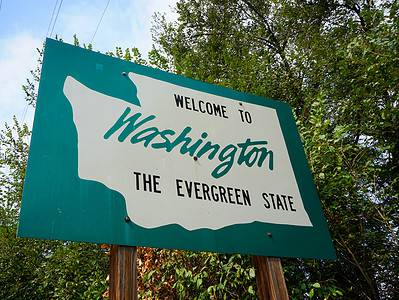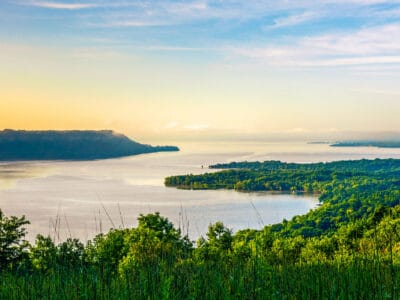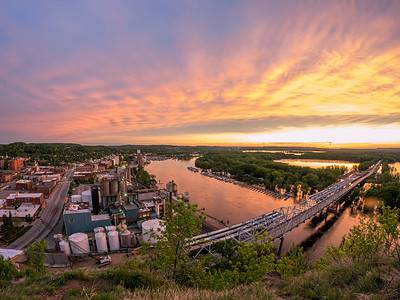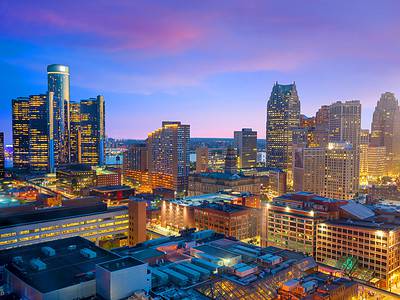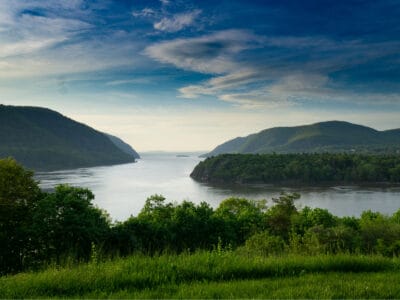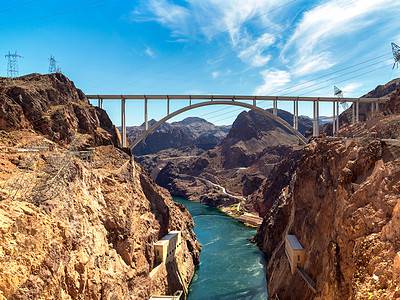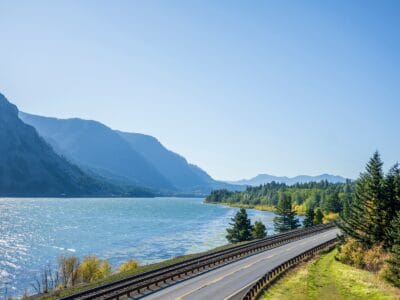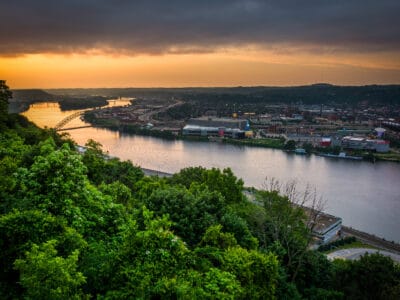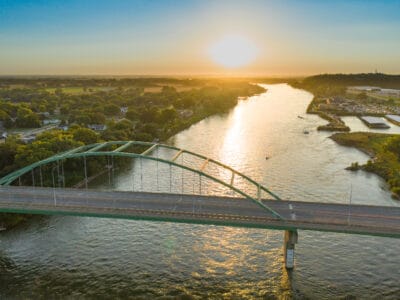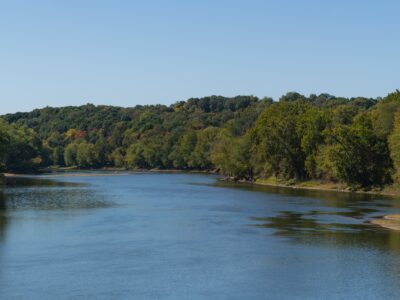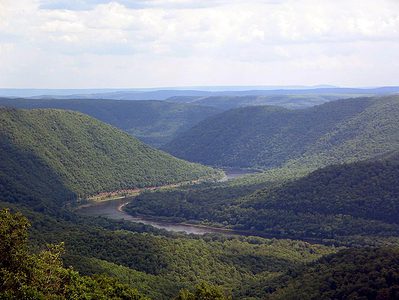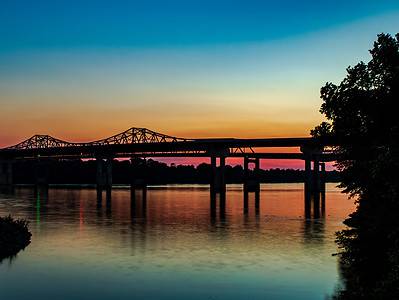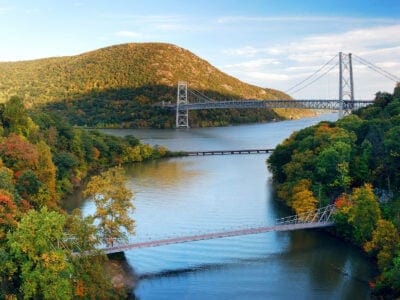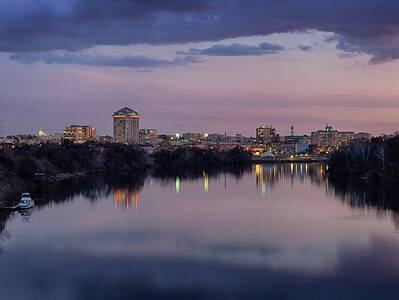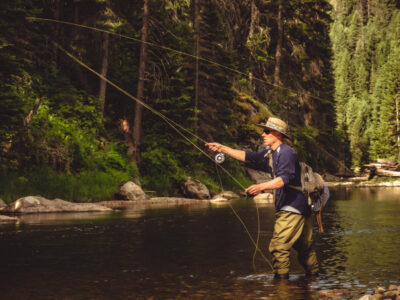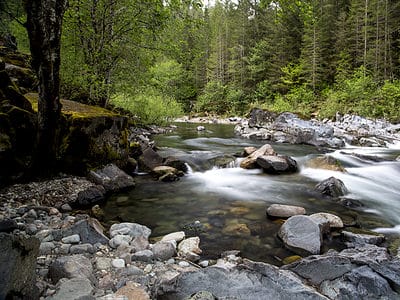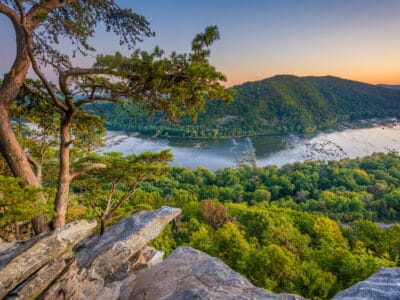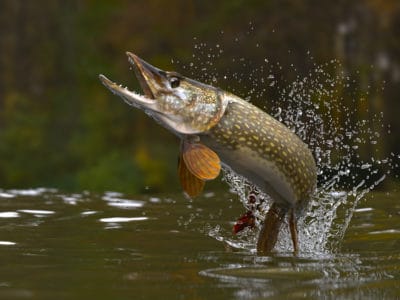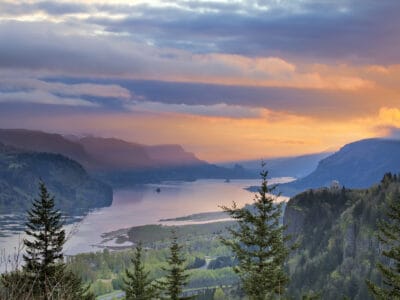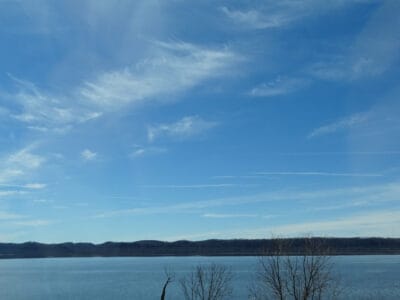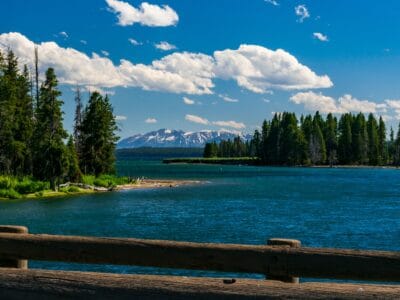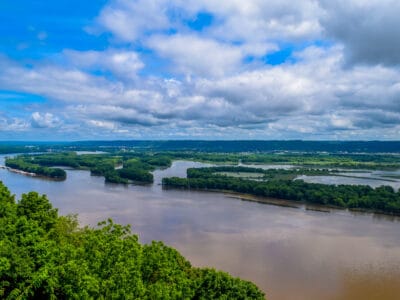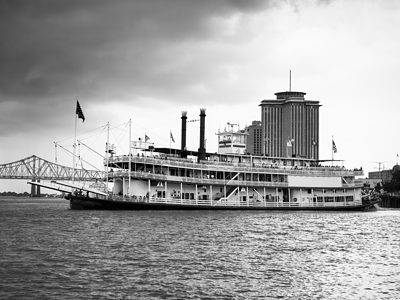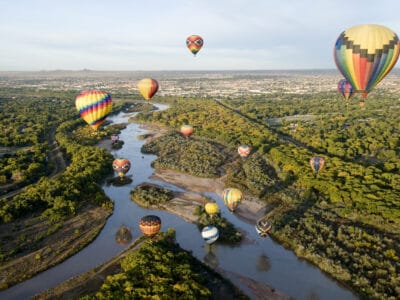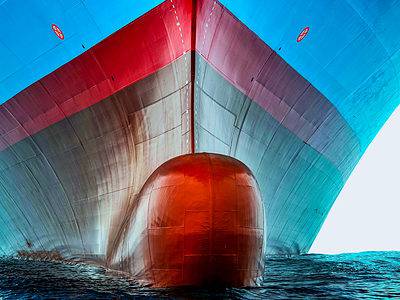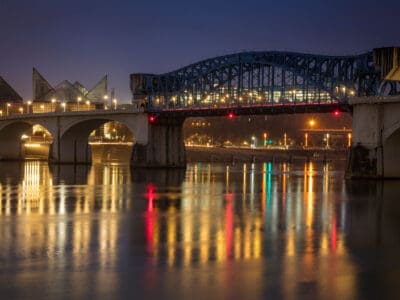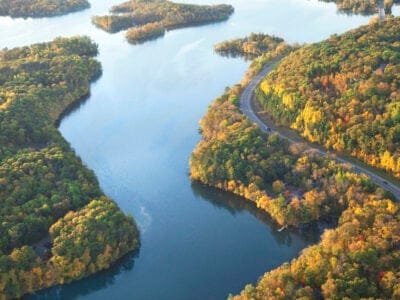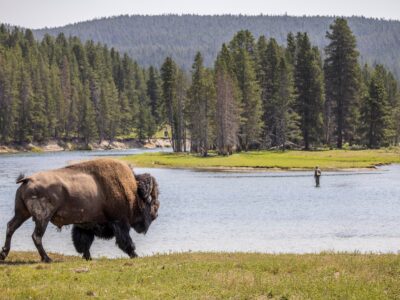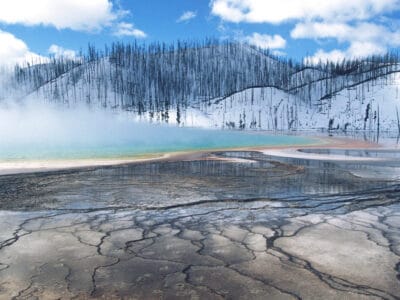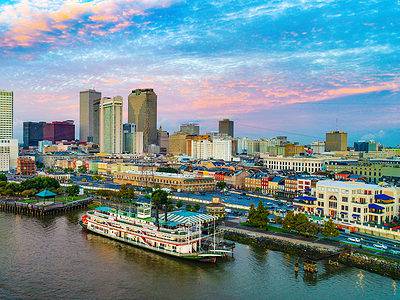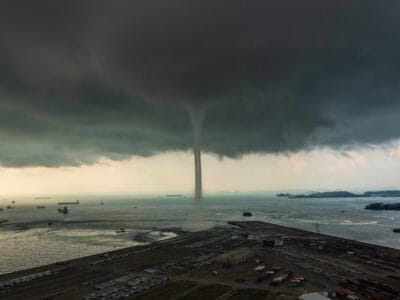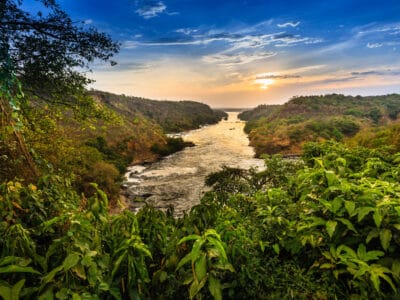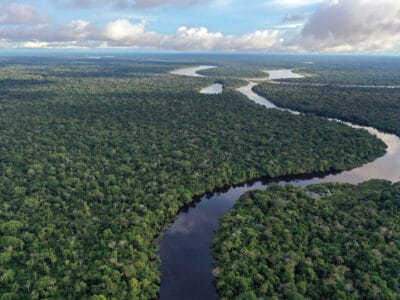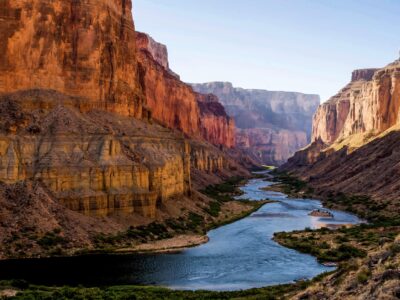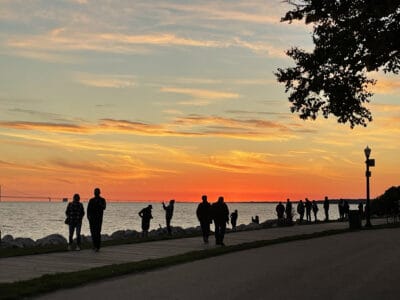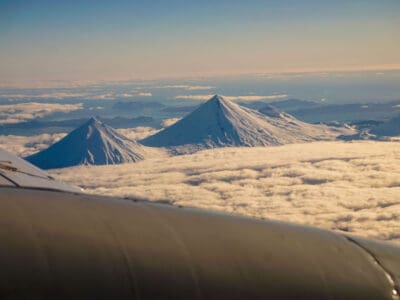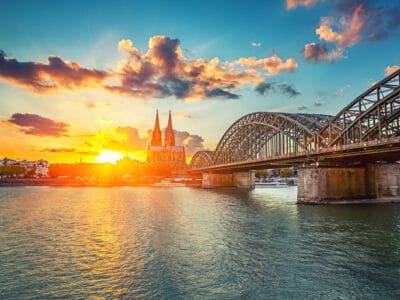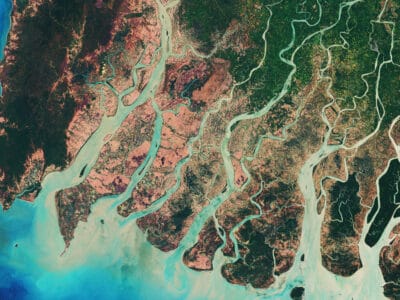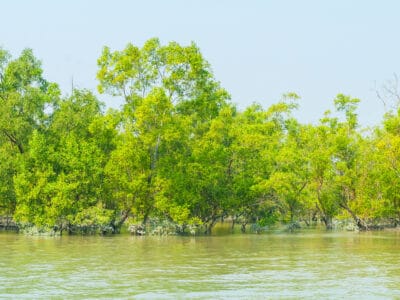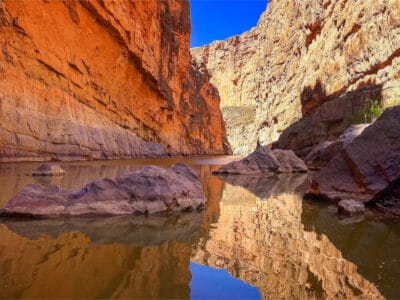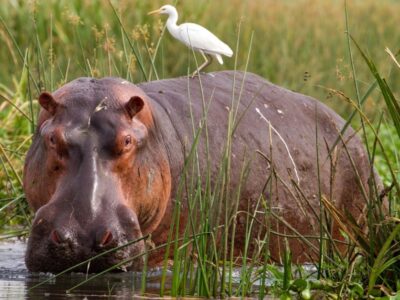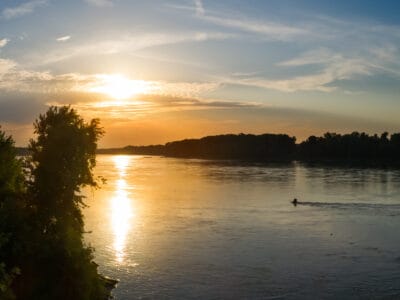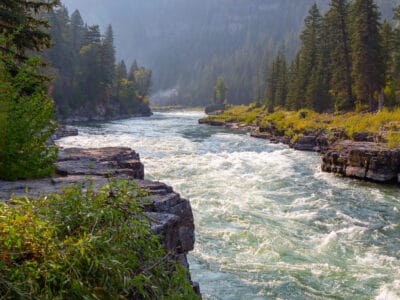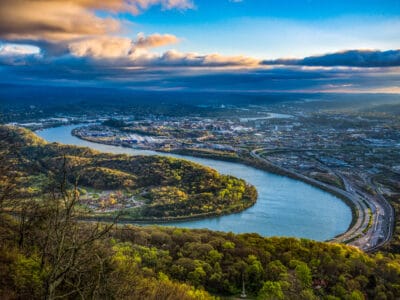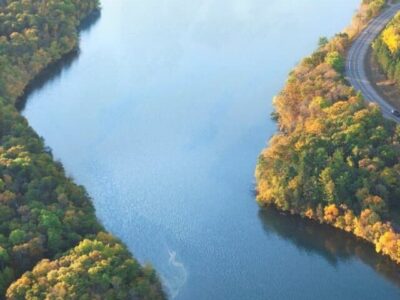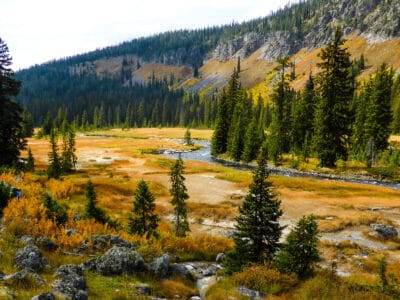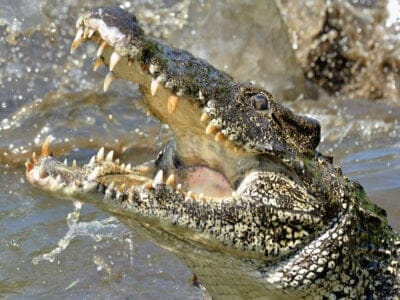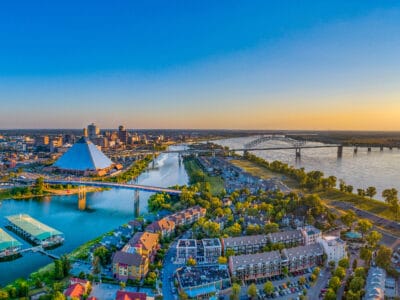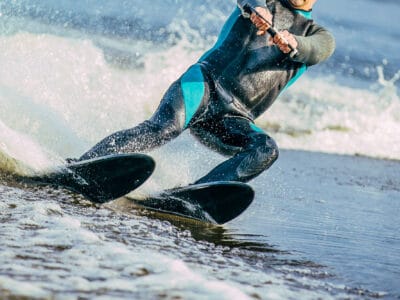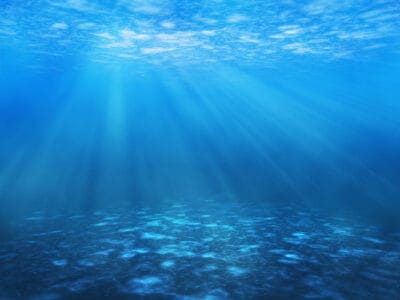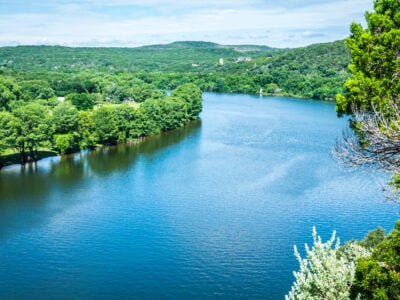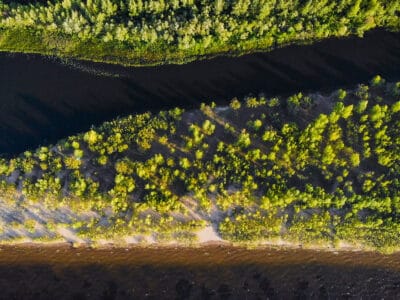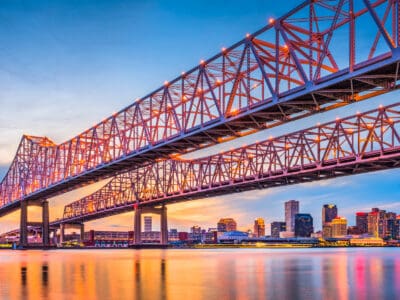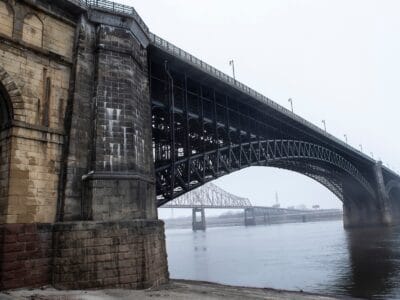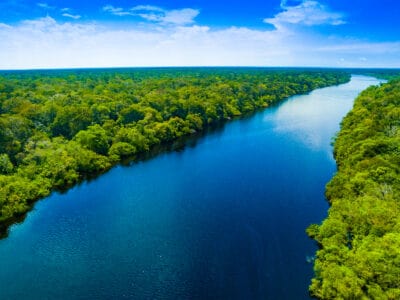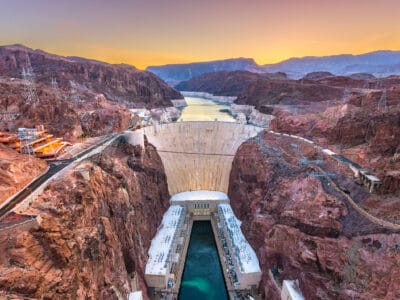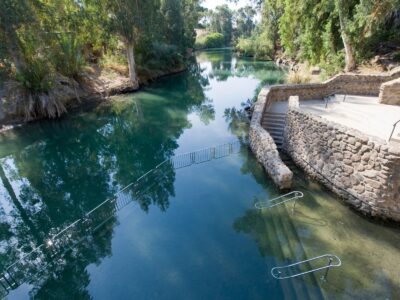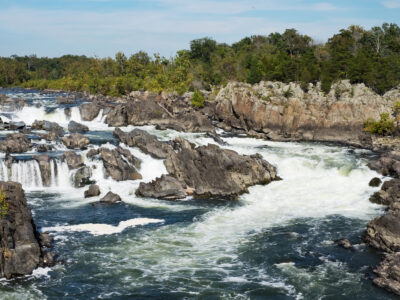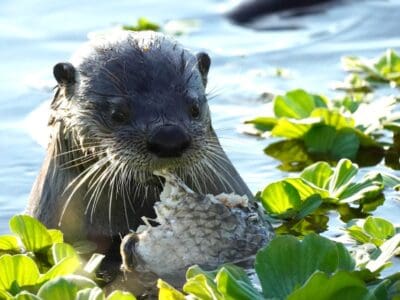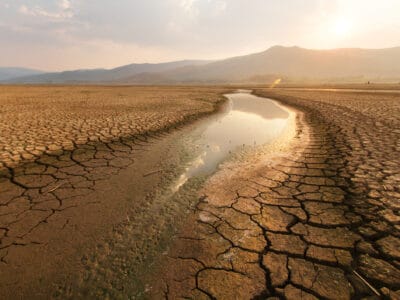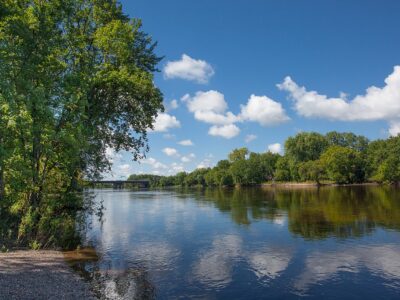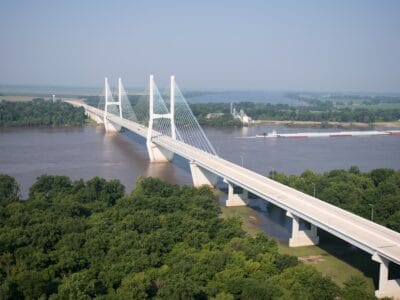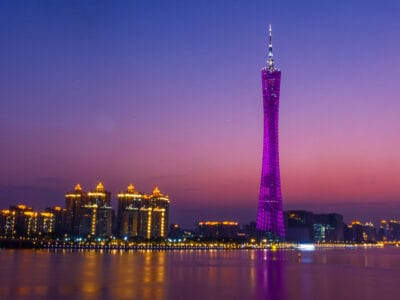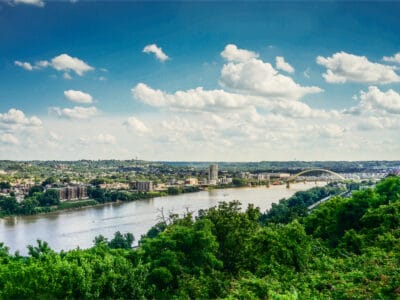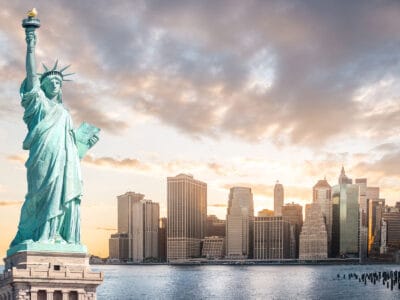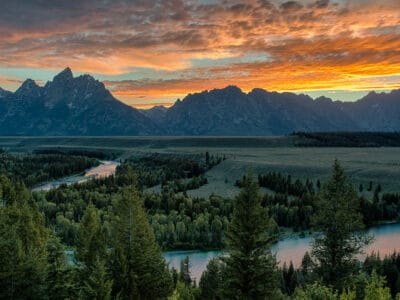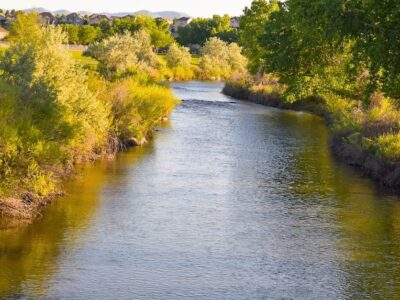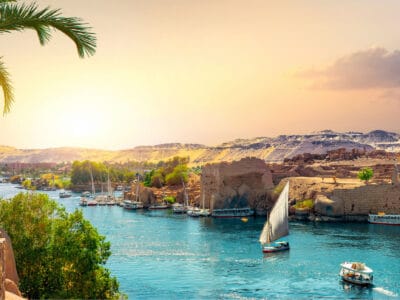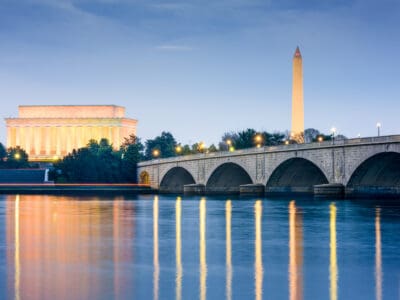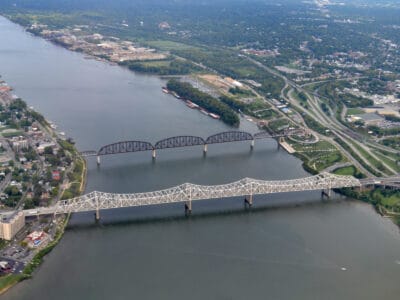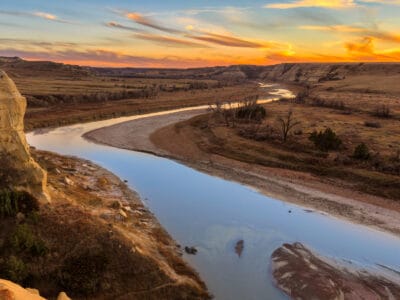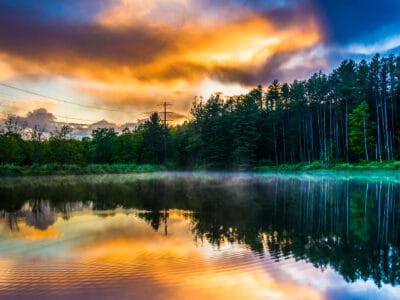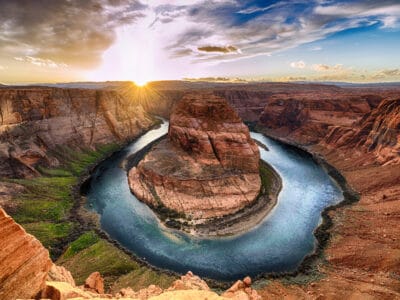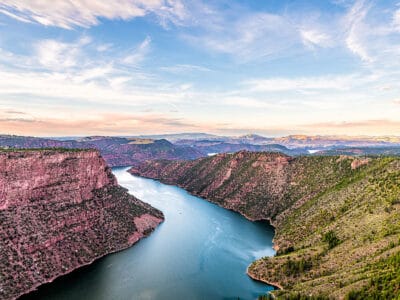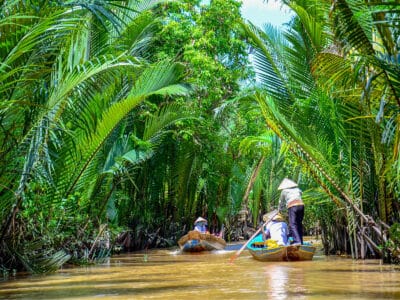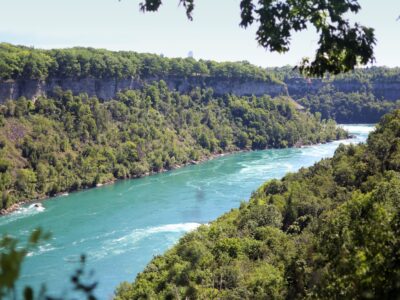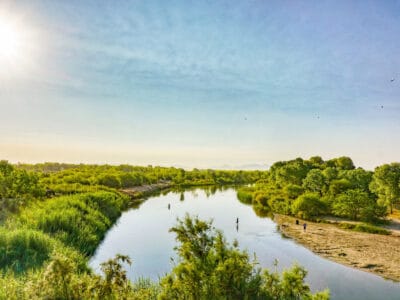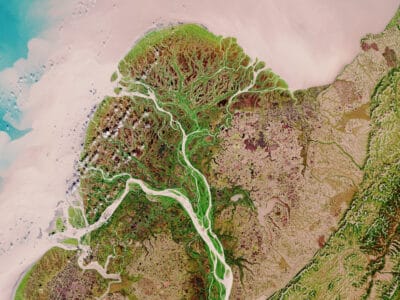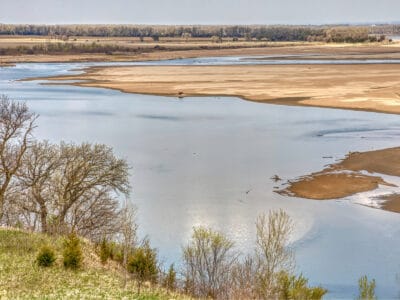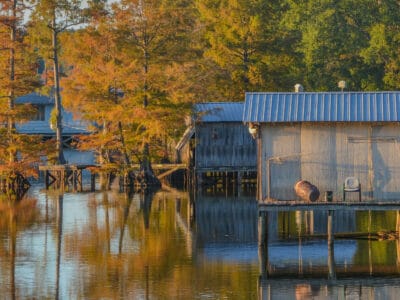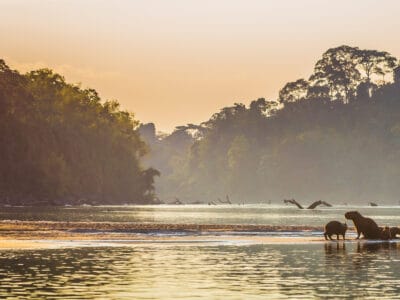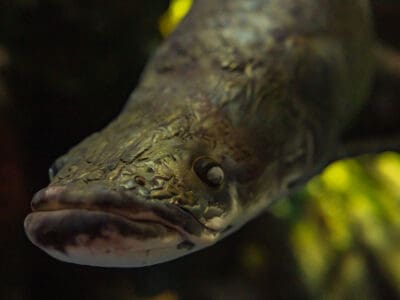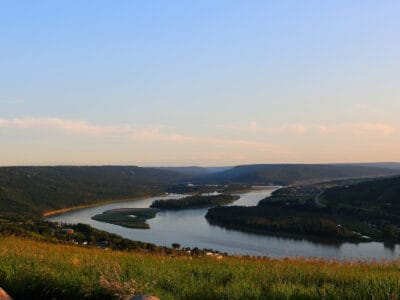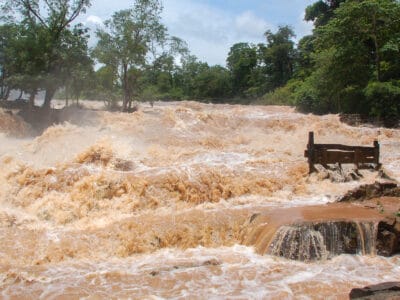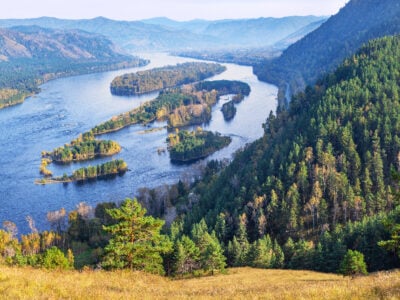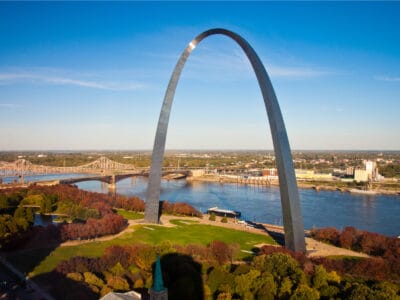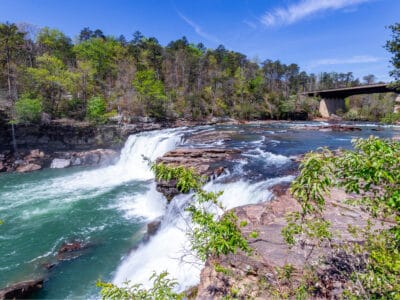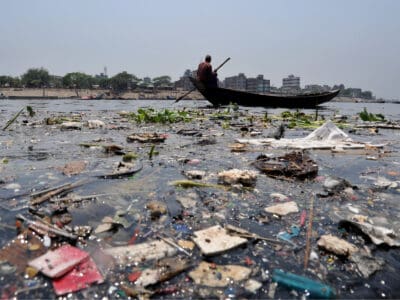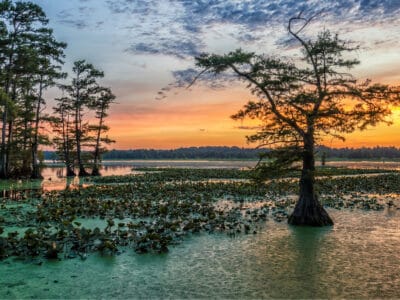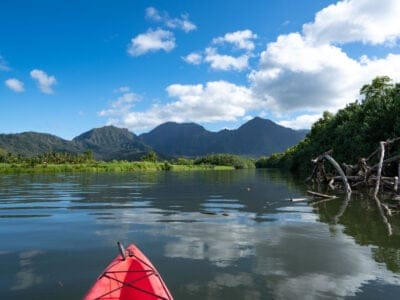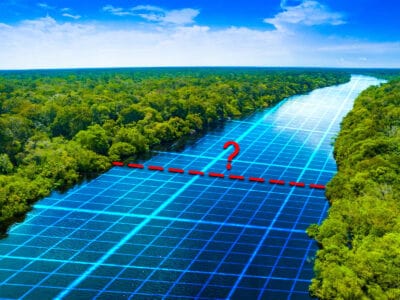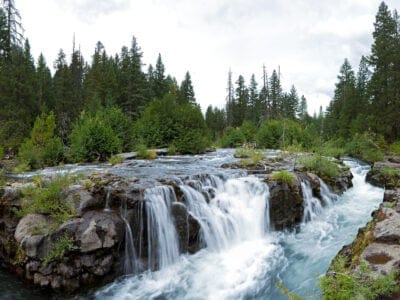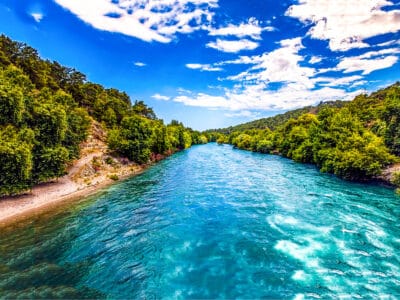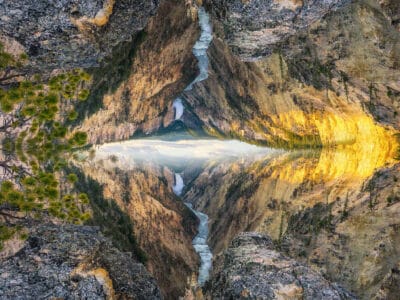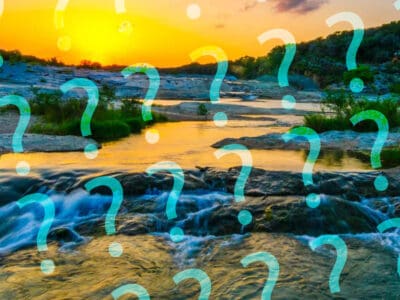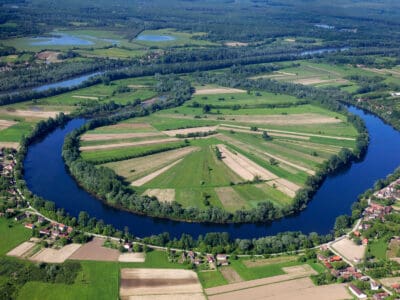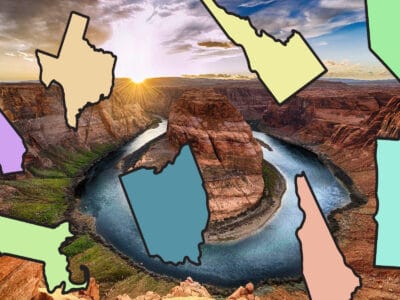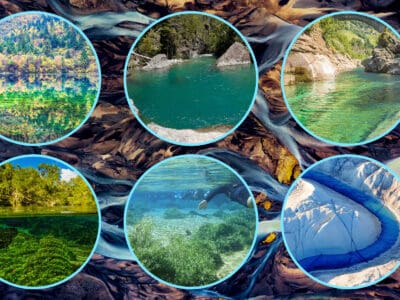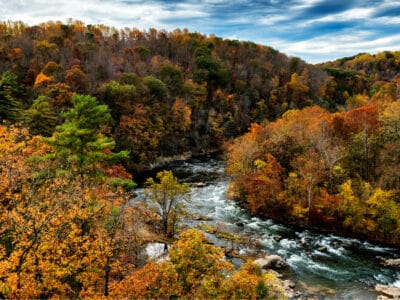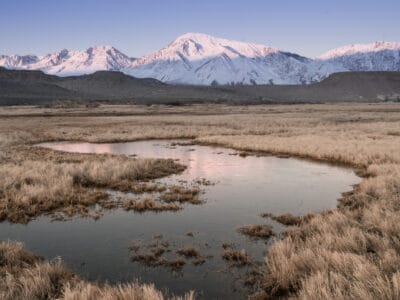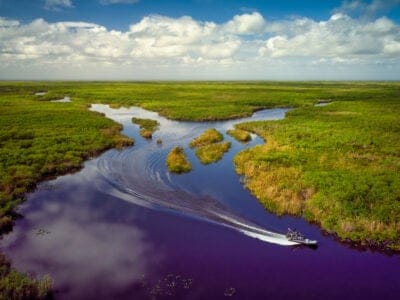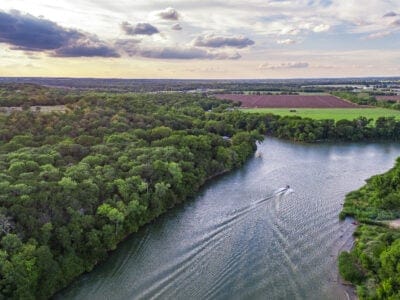Britannica defines a “river” as “any natural stream of water that flows in a channel with defined banks.” So a river is a body of water flowing towards another water body – a lake, another river, a sea, or an ocean. However, some rivers do not reach a body of water because they flow into the ground and dry out. A tiny river is called a stream, a brook, a creek, a rivulet, or a rill. Even though some hydrologists define rivers depending on their size, there isn’t an official definition that would clearly state that a body of water is a river if it has at least X feet or miles. It is impossible to produce a 100% accurate definition of a river that would contain all its geographic features.
Rivers have various names across the world. For example, it is called “run” in some parts of the United States, “beck” in northern England, and “burn” in Scotland.
Structure of rivers
The starting point of a river is called a source, sometimes called headwater, where the water accumulates from rainfall, melted snow, or groundwater. The place where it drains all its streams is called a drainage basin. The path followed by a river is called a rivercourse, while the endpoint of the rivercourse is called a “mouth.” There, the river waters flow into a larger body of water.
Rivers are usually freshwater, but they can still contain a small percentage of salt, thus carrying essential nutrients and salts for wildlife. The place where freshwater gets mixed up with seawater is called an estuary.
Rivers can flow downhill, from side to side across a valley, and in a so-called fractal pattern, or a pattern influenced by faults or fractures in the bedrock.
How many rivers are there in the world?
There is no official and accurate data on the exact number of rivers on Earth. Wikipedia lists 187 major rivers across the world that are at least 621 miles (1,000 km) long. Still, Wikipedia advises us not to take this information as 100% accurate, as the measurement of a river can only lead to approximate results. For example, scientists cannot agree on whether the Nile or the Amazon is the longest river in the world.
Since establishing a river’s length is challenging, providing an exact number of rivers on the planet is almost impossible. First, this number may depend on how scientists define a river. Second, this number cannot be a constant, as some rivers may get dry while new ones may appear.
Even though we naturally suppose the number is pretty high, rivers cover only 0.1% of our planet’s land. That’s a bit strange, right? How do we know so many things about rivers if this percentage is so small?
The answer is easy. Rivers have historically been extremely helpful for civilizations, thus becoming more significant and “visible” to people. A river served and still serves as a source of water, a border between countries, a means of food foraging and trade, a defensive measure, a place for bathing, and a source of hydropower that would drive machinery. Many important cities worldwide are situated on the banks of rivers.
What causes rivers to form?
Rivers basically appear from rainfall, melted snow, or groundwater. When it rains or snows in high-altitude areas, the water flow collects in streams while going downhill. Then, these streams collect into creeks, lakes, and small rivers that begin at headwaters and flow into a larger body of water. On their way to the mouth, rivers receive tributary waters at confluences.
Types of rivers
Rivers have been classified in many ways, according to their biotic status, topography, or relevance to various water activities.
There are 3 main classifications, which, in turn, present additional types and subtypes.
- Subsurface rivers
- Subterranean rivers flow underground in caverns or caves.
- Subglacial rivers flow at the beds of ice sheets and glaciers; some subglacial streams can flow uphill.
- Permanence of flow
- Perennial rivers are also called permanent rivers; they never get dry and flow continuously.
- Ephemeral rivers are also called intermittent rivers; they don’t always flow and can even be dry for several years before recharging with rainwater.
- Topographical classification
- Bedrock rivers appear when the river begins downcutting into the underlying bedrock.
- Alluvial
- Youthful rivers flow quickly, have few tributaries, and have a steep gradient; the Trinity and Ebro are youthful rivers;
- Mature rivers flow slowly, are fed by many tributaries, and have a less steep gradient; the Mississippi and Ohio are mature rivers;
- Old rivers have low erosive energy and low gradient; the Yellow and lower Nile rivers are old rivers;
- Rejuvenated rivers have a gradient raised by tectonic uplift; the Rio Grande is a rejuvenated river.
There are three other classifications of rivers that are not so frequently used:
- Stream order classification of rivers
- Fleuve
- Riviere
- Biotic classification of rivers
- Crenon
- Rhithron
- Potamon
- Navigation difficulty classification
River vs. stream: What’s the difference?
The terms “river” and “stream” are often used interchangeably, but there’s a slight difference between the two. Even though they are similar bodies of water, the key differences are the following:
- Streams feed rivers.
- Rivers are larger than streams.
Besides these two differences, rivers and streams are much alike, carrying freshwater, flowing in one direction, and helping drain watersheds.
River vs. lake: What’s the difference?
Unlike streams, lakes are very different bodies of water compared to rivers.
There are five differences between lakes and rivers:
- Type of water – rivers flow in one direction; lakes are filled with still water.
- Formation – all rivers are natural; lakes can be natural and artificial.
- Shape – rivers are narrow and long, ribbon-shaped; lakes have the form of a pond.
- Connection with other bodies of water – most rivers flow either into seas or oceans; lakes do not flow into seas or oceans.
- Landmass boundaries – rivers are open bodies of water; lakes are enclosed by land on all sides.
River vs. creek: What’s the difference?
There are three main differences between rivers and creeks.
- Rivers can have several branches; creeks do not branch.
- Creeks do not produce hydroelectric power, while rivers do.
- Rivers are much bigger than creeks.
5 Famous Rivers From Across the World
1. The Ganges
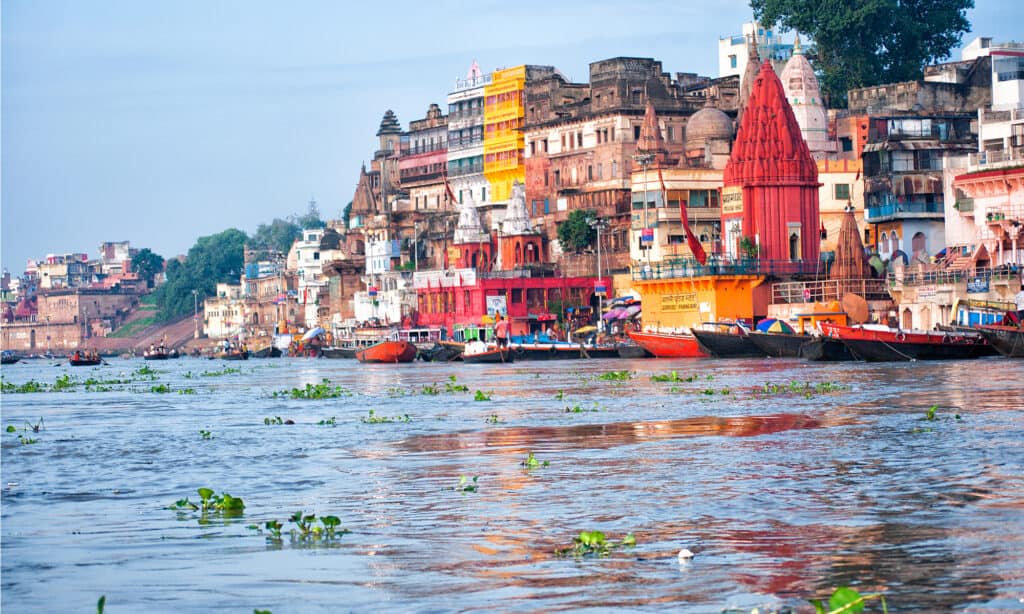
Starting in the western Himalayas in Uttarakhand, the Ganges river flows through India and Bangladesh.
©Marcos del Mazo/Shutterstock.com
The Ganges river flows through India and Bangladesh, starting in the western Himalayas in Uttarakhand. In Bangladesh, its name changes to the Padma and empties into the Bay of Bengal. Its length is 1,569 miles (2,525 km). Millions of people live on its banks and depend on the Ganges for water and food. Over 200 species of fish, amphibians, reptiles, and mammals live in the river.
2. The Nile
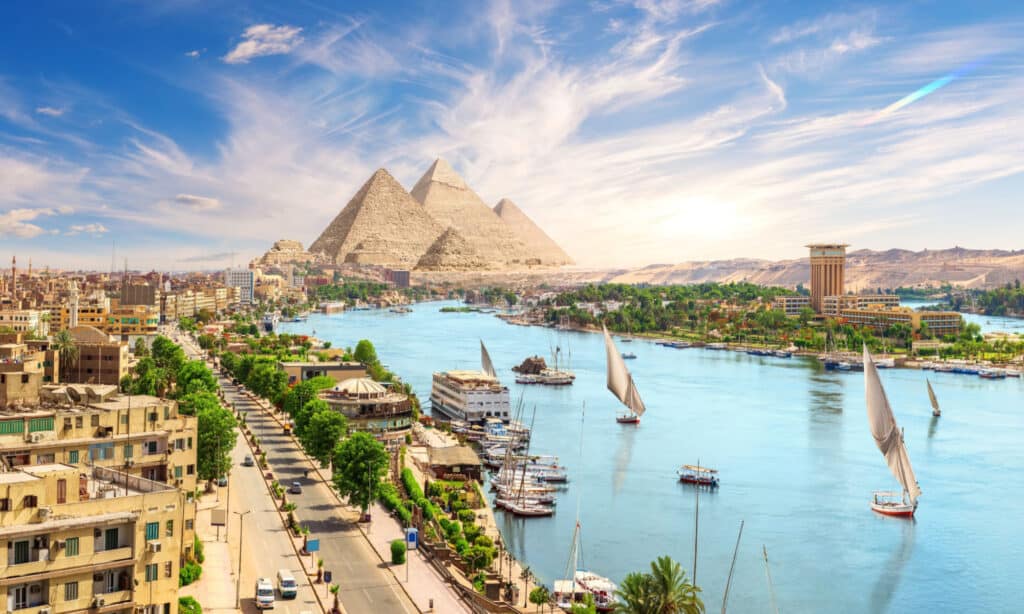
The Nile has approximately 4,130 miles (6,650 km), and its drainage basin covers a total of eleven countries.
©AlexAnton/Shutterstock.com
The Nile flows into the Mediterranean Sea and is the longest river in Africa. It has often been considered the longest river in the world. However, many scientists argue that the Amazon River is the longest, although there’s no 100% accurate data to state which one is longer. The Nile has approximately 4,130 miles (6,650 km), and its drainage basin covers the Democratic Republic of Congo, Tanzania, Burundi, Rwanda, Uganda, Kenya, Ethiopia, Eritrea, South Sudan, Republic of the Sudan, and Egypt – a total of eleven countries. Egypt, South Sudan, and Sudan rely on the Nile as the primary water source.
3. The Amazon River
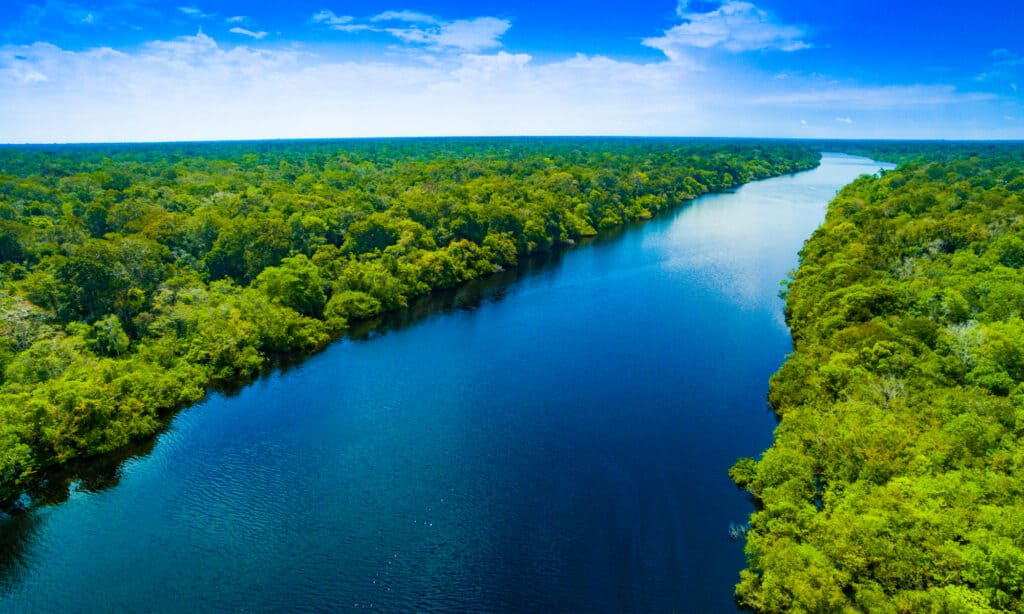
The Amazon River has a length of approximately 3,976 miles (6,647 km) and crosses Peru, Colombia, and Brazil.
©worldclassphoto/Shutterstock.com
The Amazon River is considered the longest river in the world alongside the Nile – as mentioned above; scientists still argue which one of the two is longer. Its source is located in Peru, and its mouth is in Brazil, flowing into the Atlantic Ocean. It has a length of approximately 3,976 miles (6,647 km) and crosses Peru, Colombia, and Brazil. The Amazon basin in South America is mostly covered by the Amazon rainforest, the richest tropical forest in the world, hosting one-third of the world’s wildlife species.
4. The Mississippi River

The length of the Mississippi River is approximately 2,340 miles (3,770 km).
©iStock.com/Willard
The Mississippi River is the second-largest river in North America. It starts in Lake Itasca in northern Minnesota and flows towards the Mississippi River Delta in the Gulf of Mexico. It passes through 10 U.S. states: Minnesota, Wisconsin, Iowa, Illinois, Missouri, Kentucky, Tennessee, Arkansas, Mississippi, and Louisiana. The length of the Mississippi River is approximately 2,340 miles (3,766 km).
5. The Danube River
[Image needed. – Caption: The Danube River is the second-largest in Europe.]
After the Volga, the Danube River is the second-largest in Europe. It starts in Germany and flows through Germany, Austria, Slovakia, Hungary, Croatia, Serbia, Bulgaria, Moldova, Ukraine, and Romania towards the Black Sea. The 1,770-mile (2,850 km) Danube has historically been one of the most used trade routes in Europe and an essential European source of drinking water and hydropower.
10 Longest Rivers in the World
Since various sources state different lengths for some rivers, they will be mentioned in parenthesis. That’s why there’s a dispute regarding the longest rivers in the world.
| Rank | River | Length (miles) | Outflow |
|---|---|---|---|
| 1 | Nile River | 4,130 | Mediterranean |
| 2 | Amazon River | 3,976 | Atlantic Ocean |
| 3 | Yangtze River | 3,917 | East China Sea |
| 4 | Mississippi River | 3,902 | Gulf of Mexico |
| 5 | Yenisei River | 3,445 | Kara Sea |
| 6 | Yellow River | 3,395 | Bohai Sea |
| 7 | Ob-Irtysh River | 3,364 | Gulf of Ob |
| 8 | Río de la Plata River | 3,030 | Río de la Plata |
| 9 | Congo River | 2,922 | Atlantic Ocean |
| 10 | Amur River | 2,763 | Sea of Okhotsk |
10 Deepest Rivers in the World
| Rank | River | Depth (feet) | Length ( miles) |
|---|---|---|---|
| 1 | Congo River | 720 | 2,922 |
| 2 | Yangtze River | 650 | 3,917 |
| 3 | Danube River | 584 | 1,771 |
| 4 | Zambezi River | 381 | 1,599 |
| 5 | Amazon River | 328 | 3,976 |
| 6 | Mekong River | 300 | 2,703 |
| 7 | Yellow River | 262 | 3,395 |
| 8 | St. Lawrence River | 250 | 743.8 |
| 9 | Hudson River | 216 | 315 |
| 10 | Mississippi River | 200 | 3,902 |
Thank you for reading! Have some feedback for us? Contact the AZ Animals editorial team.



